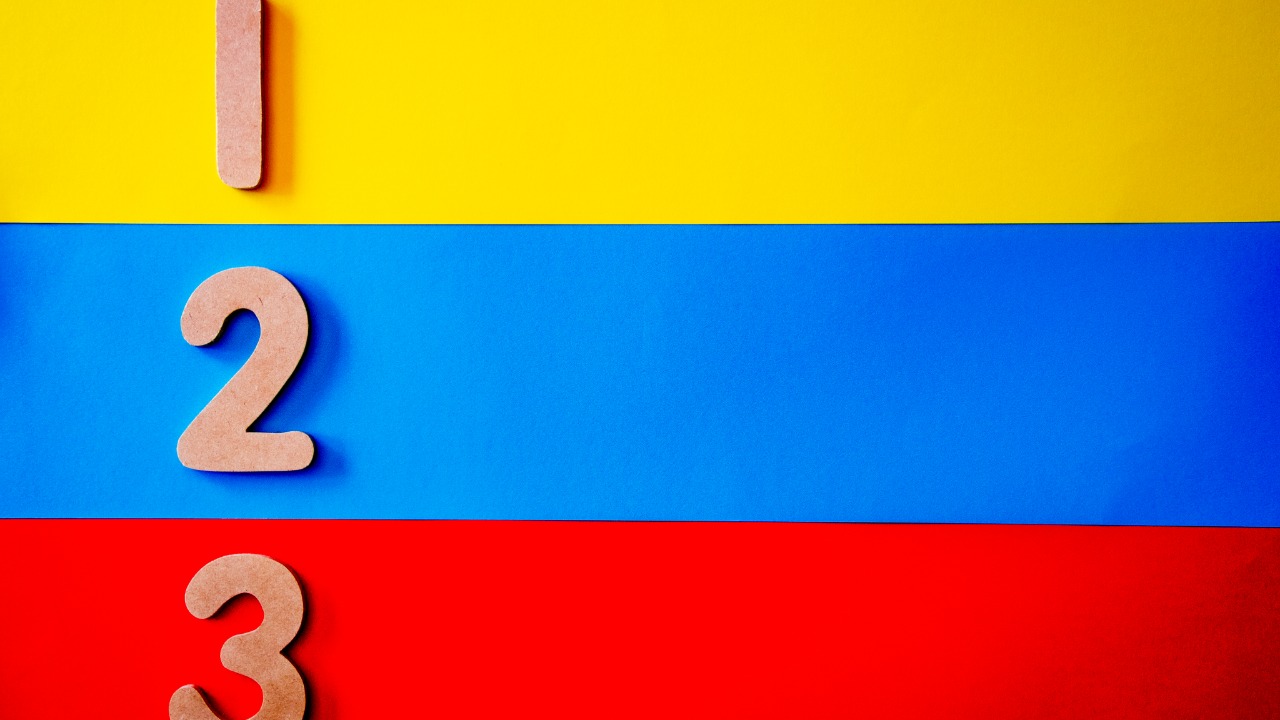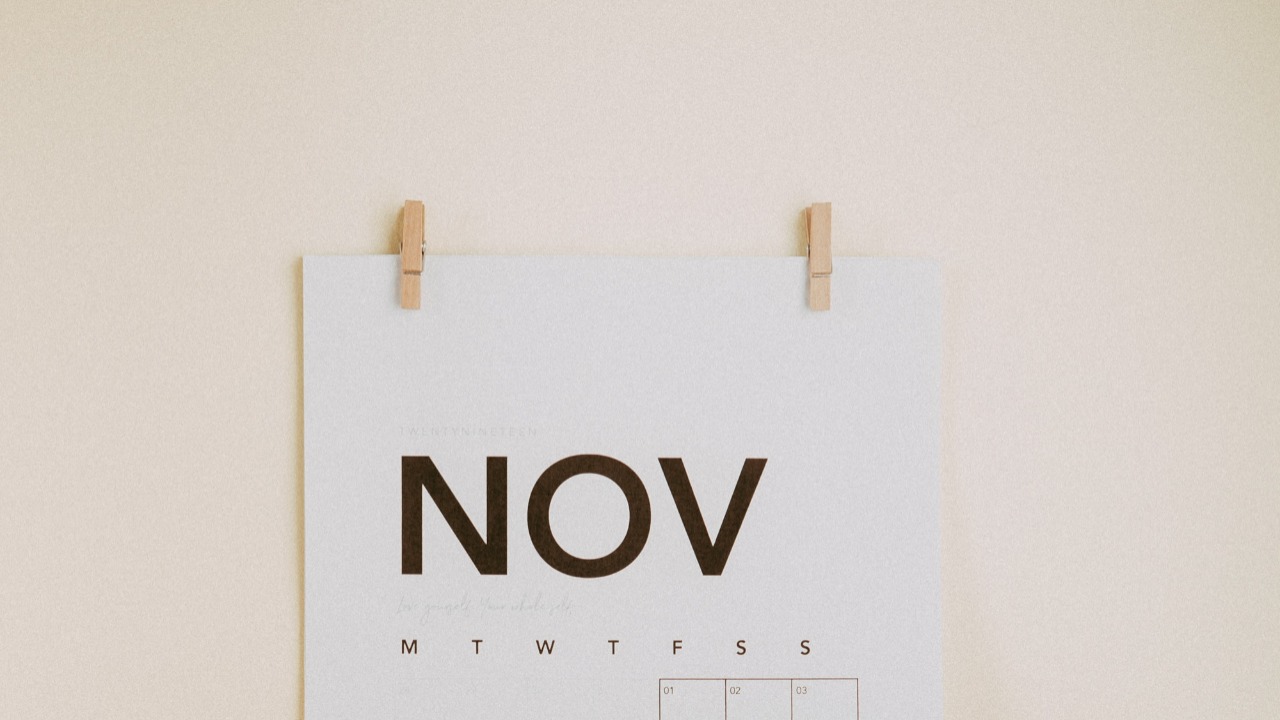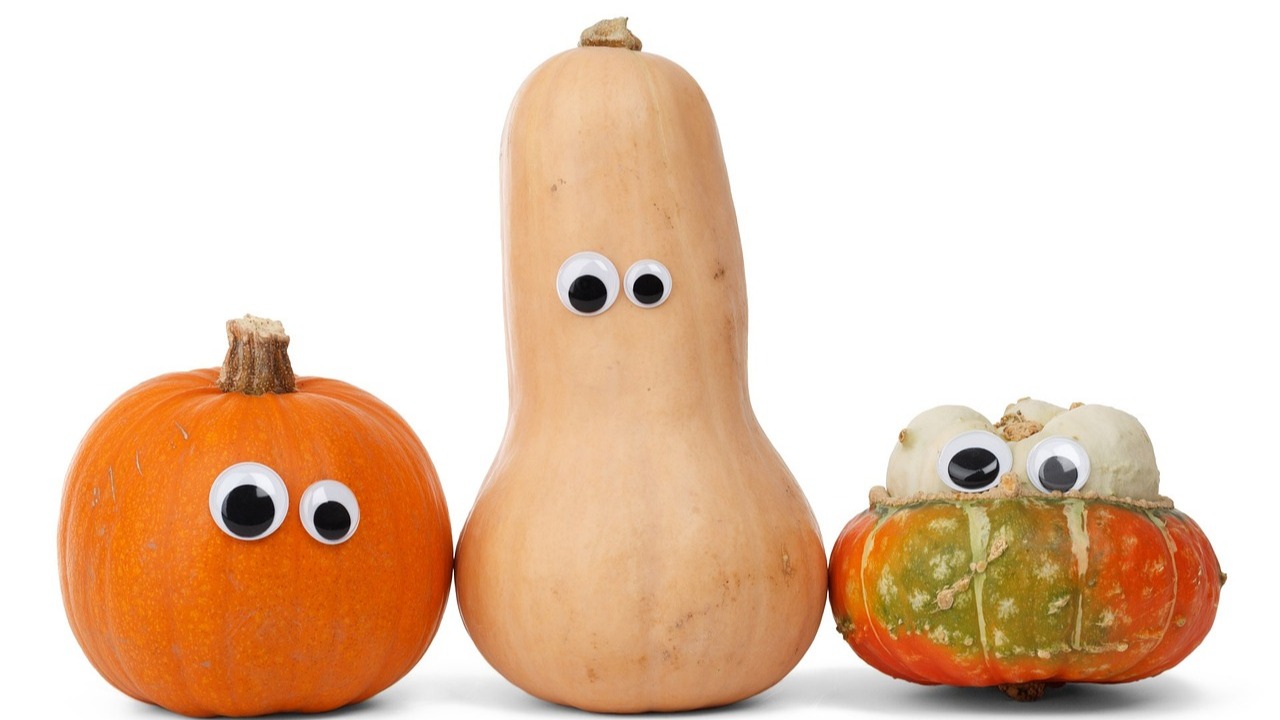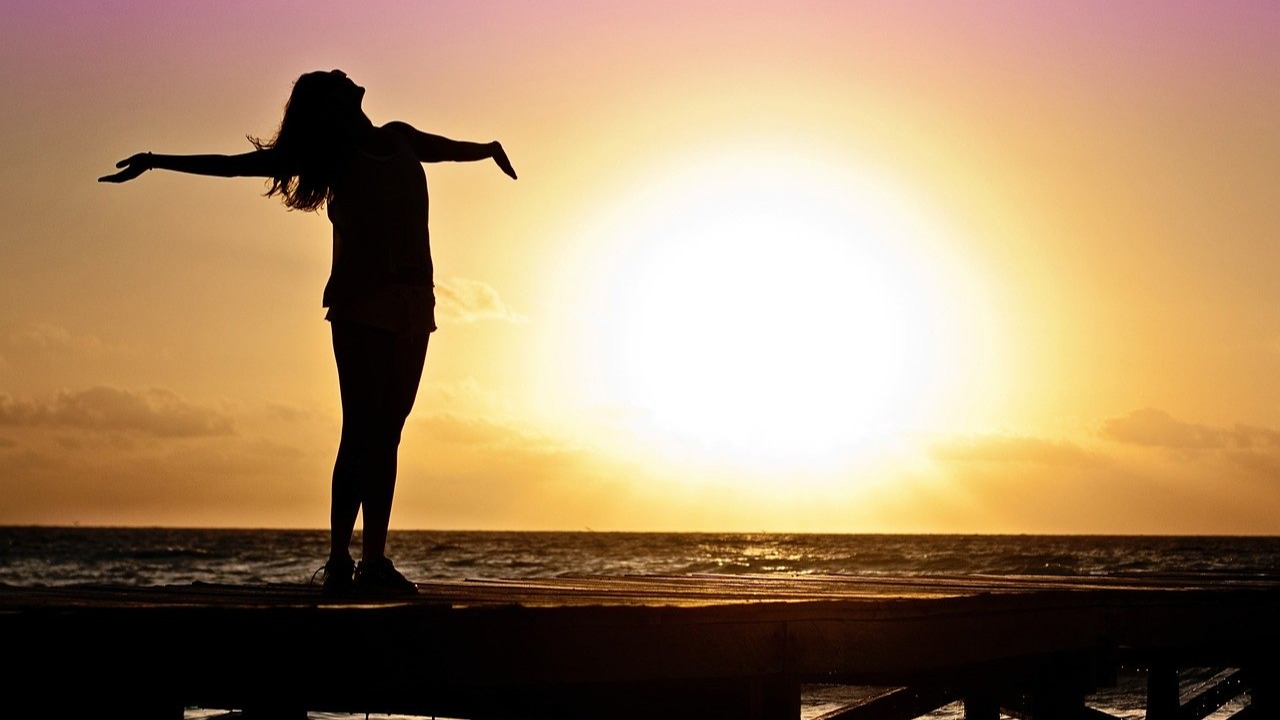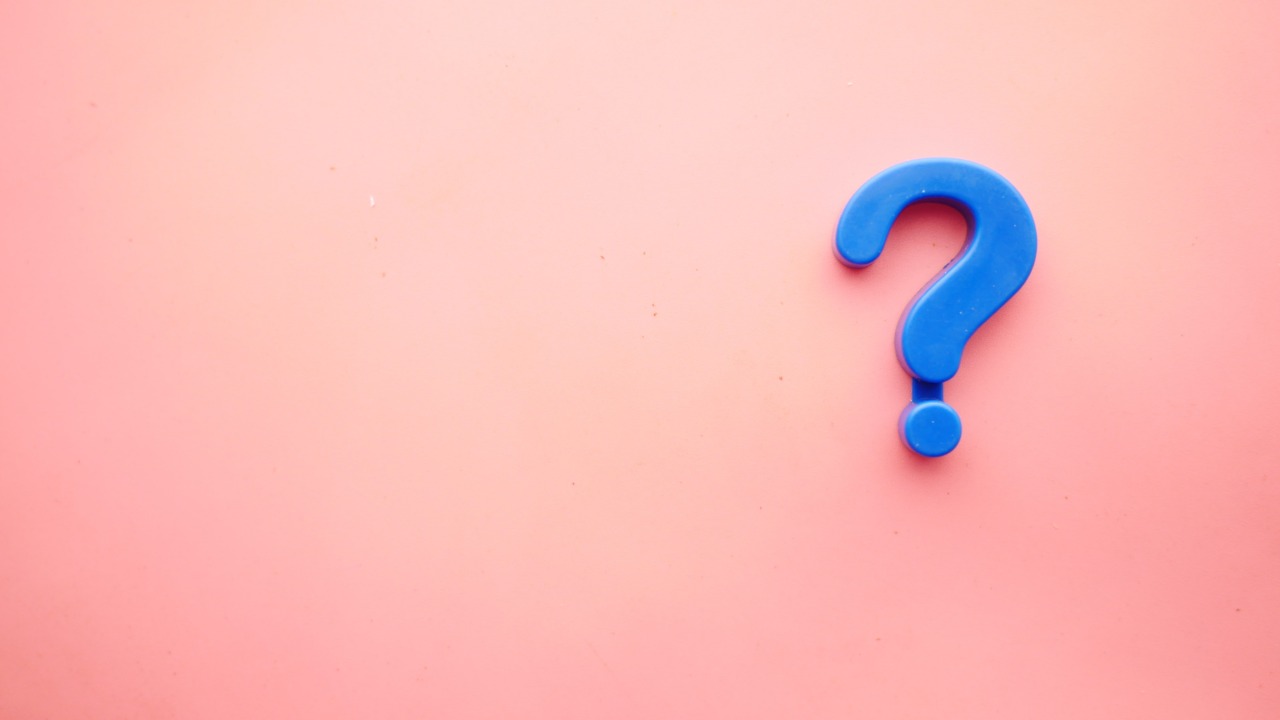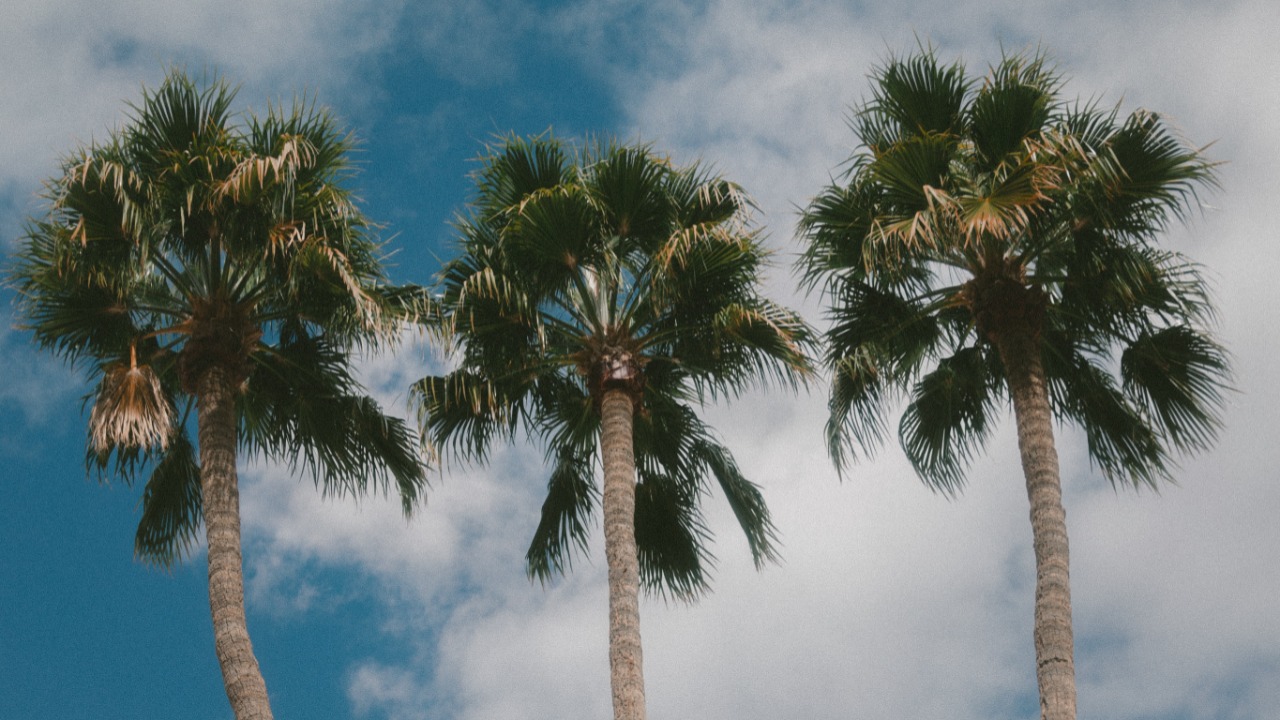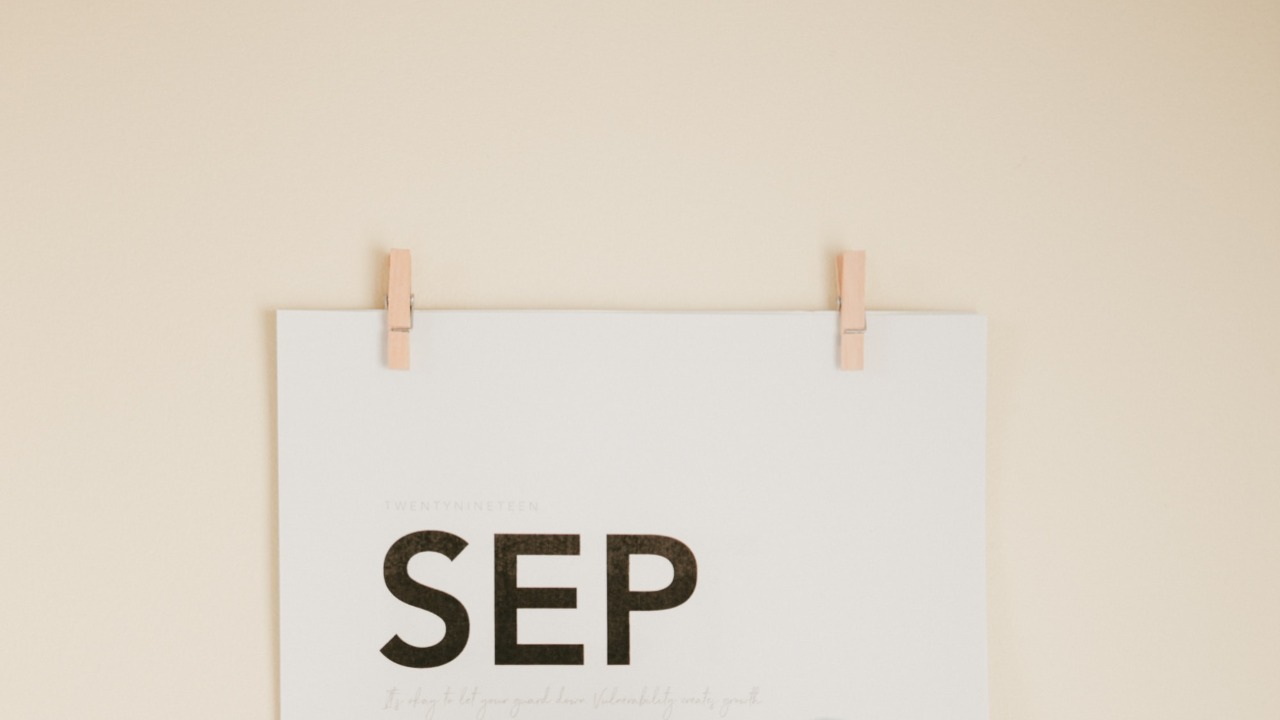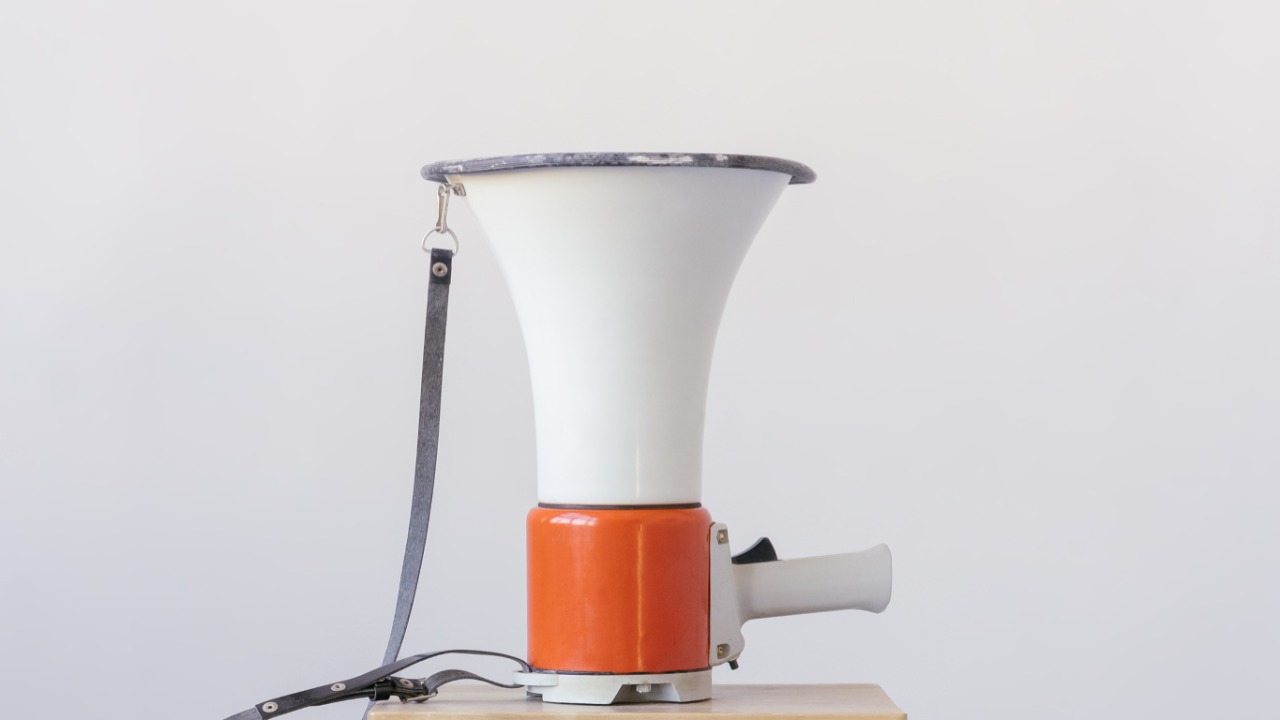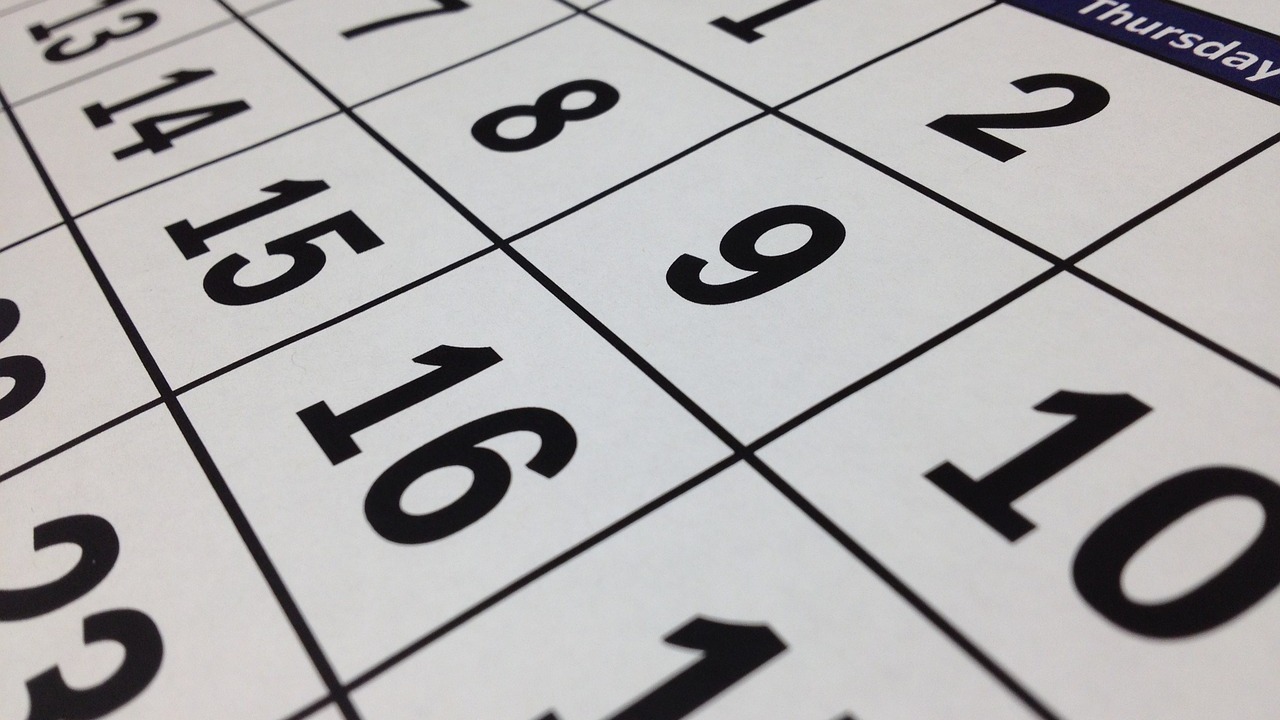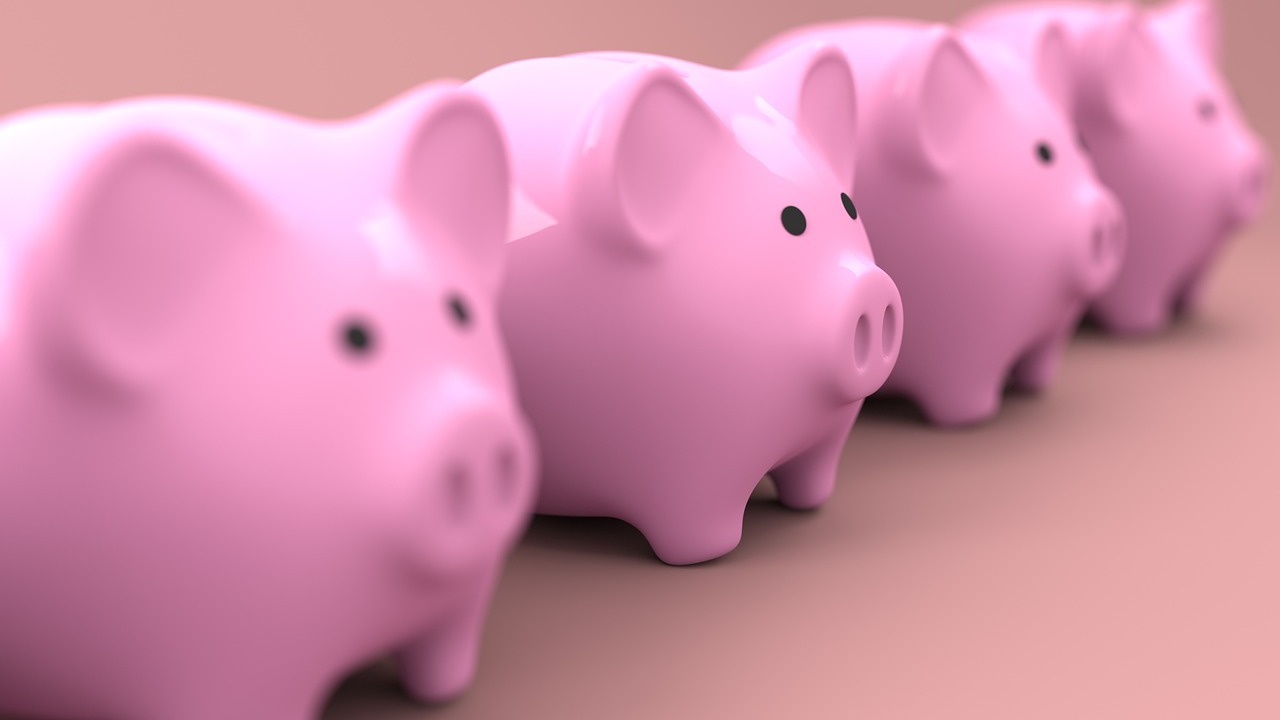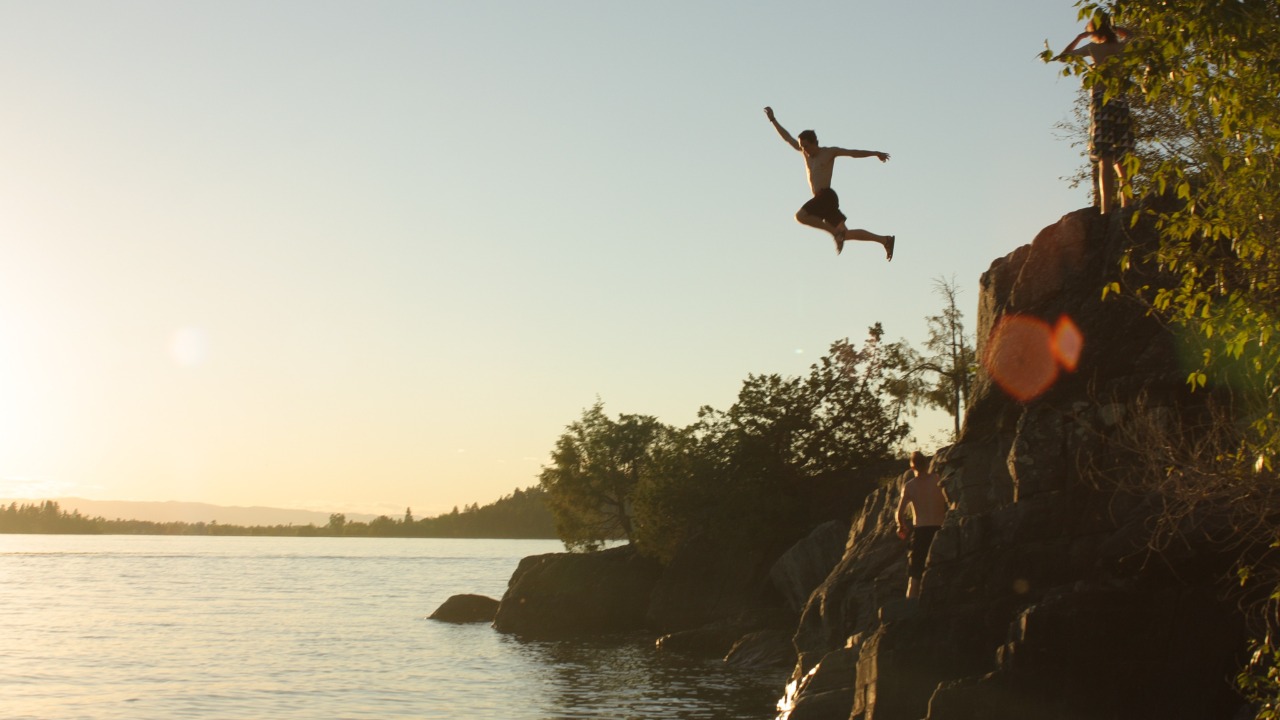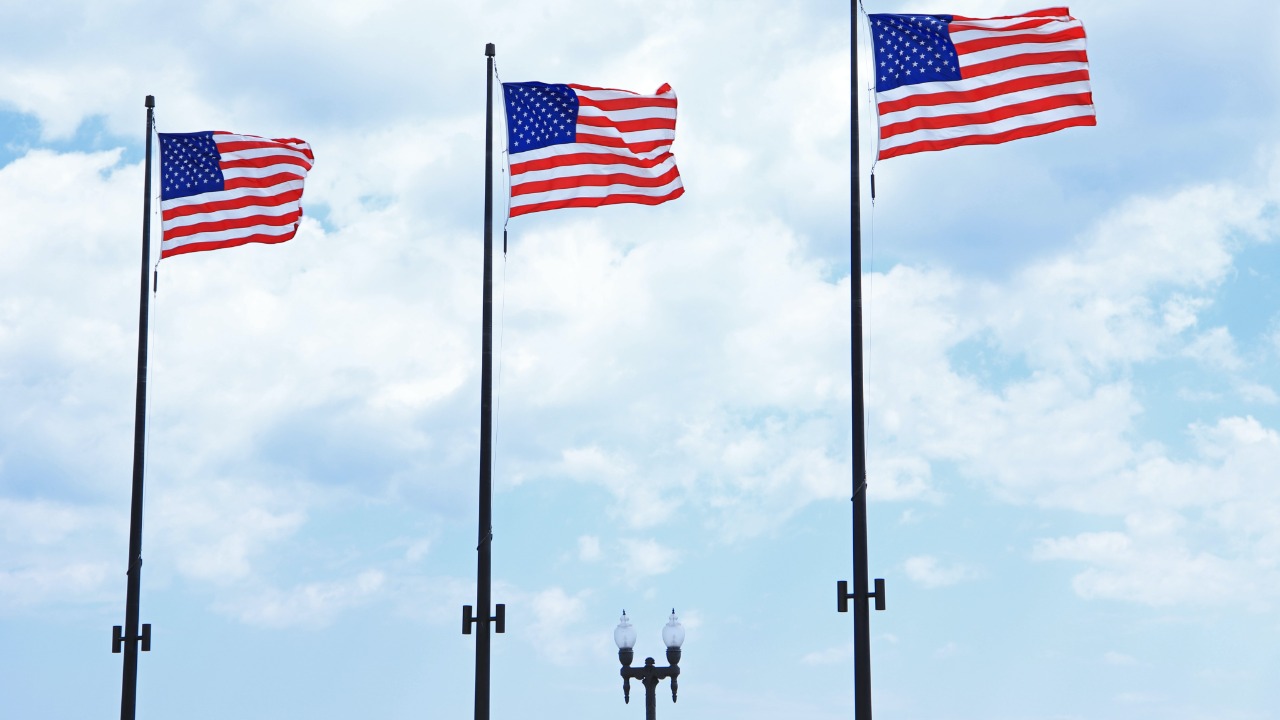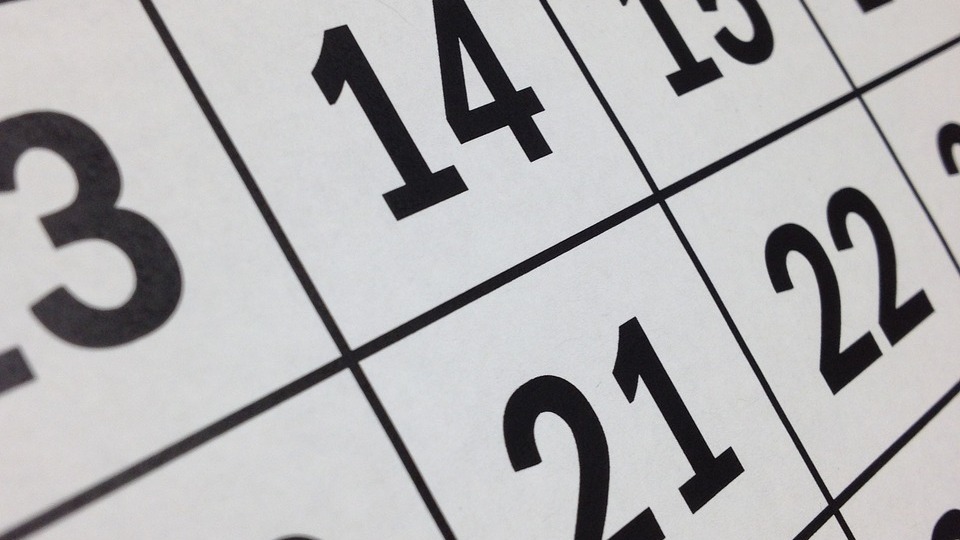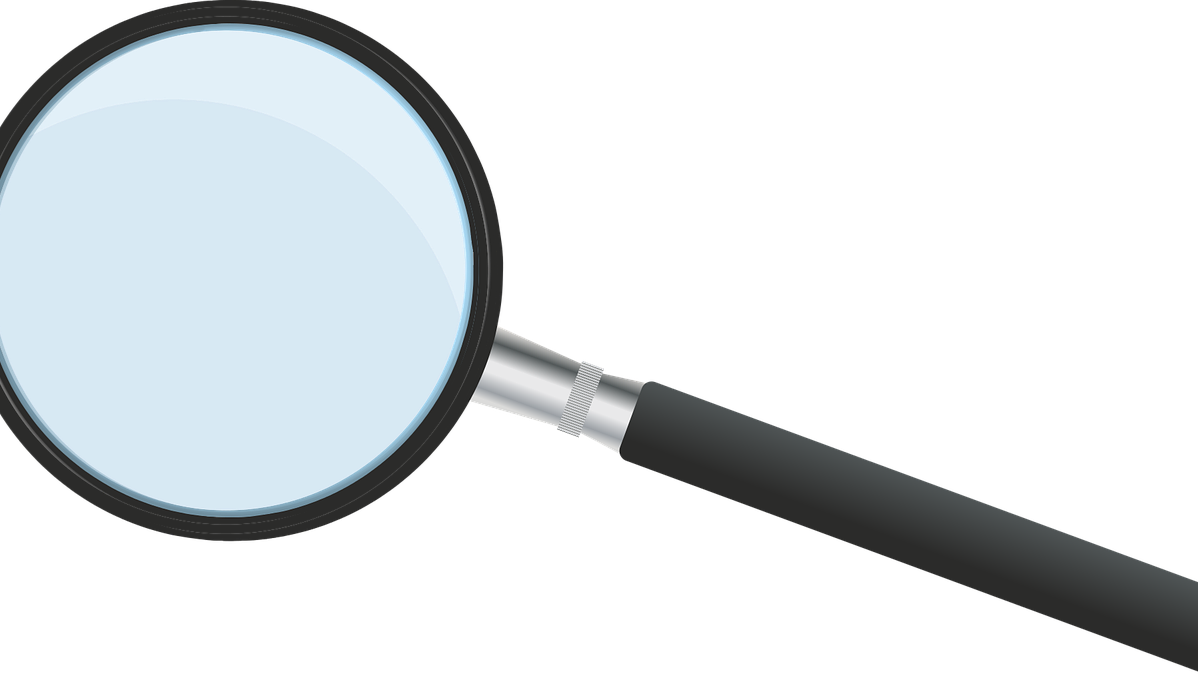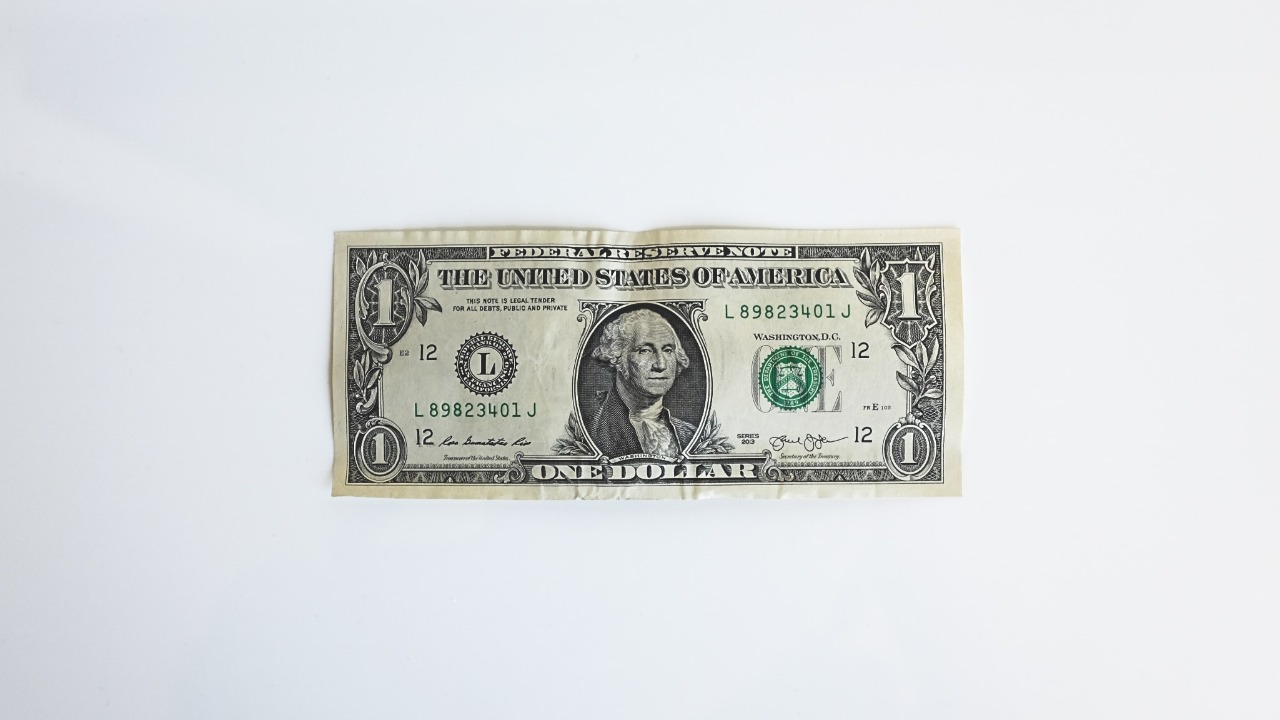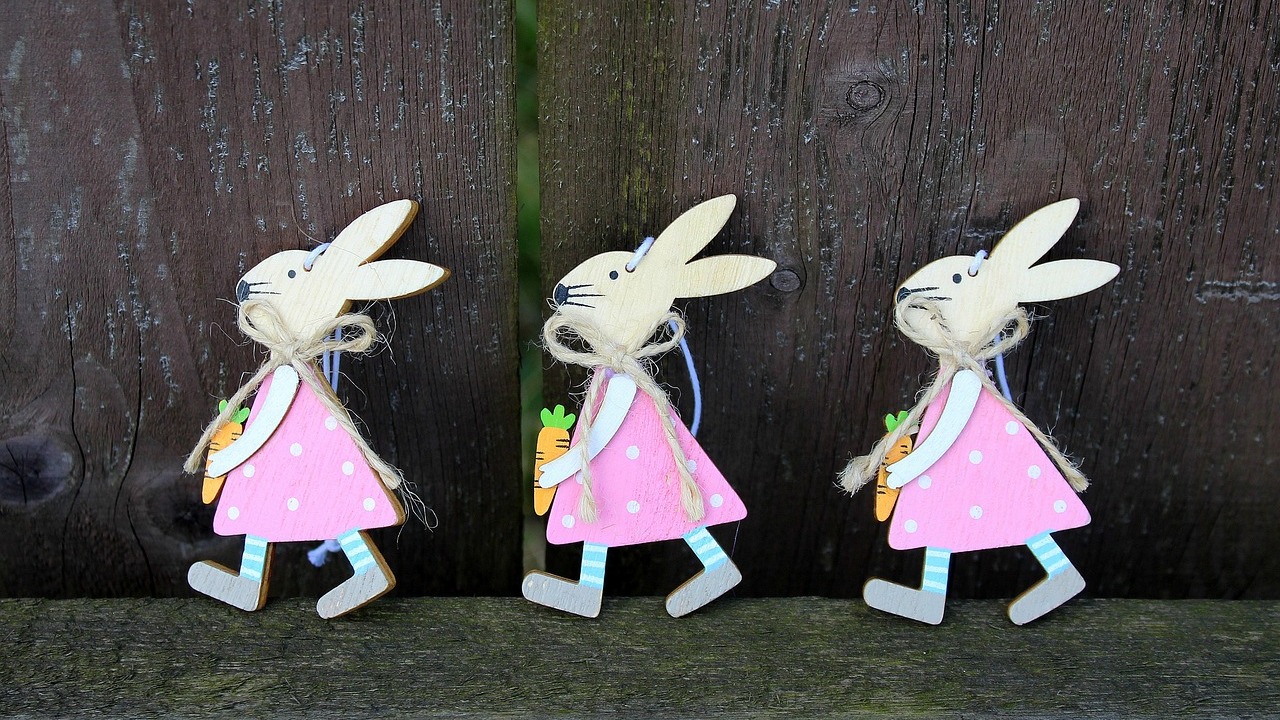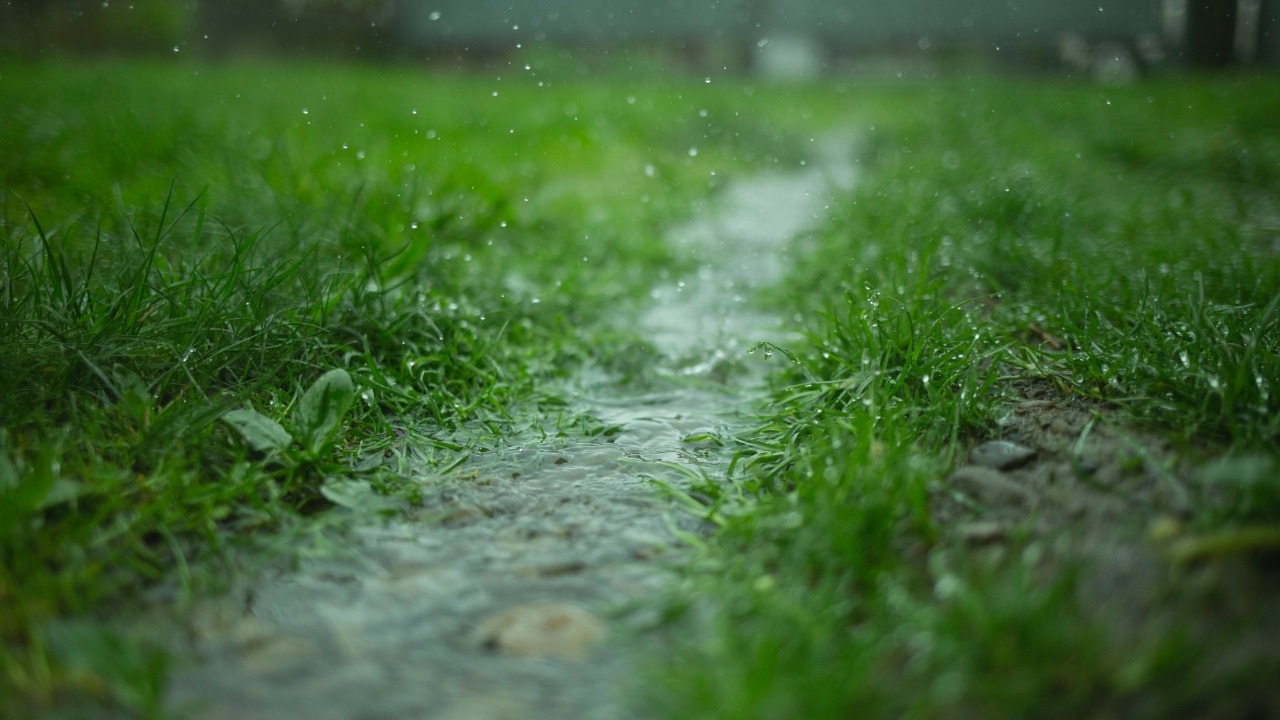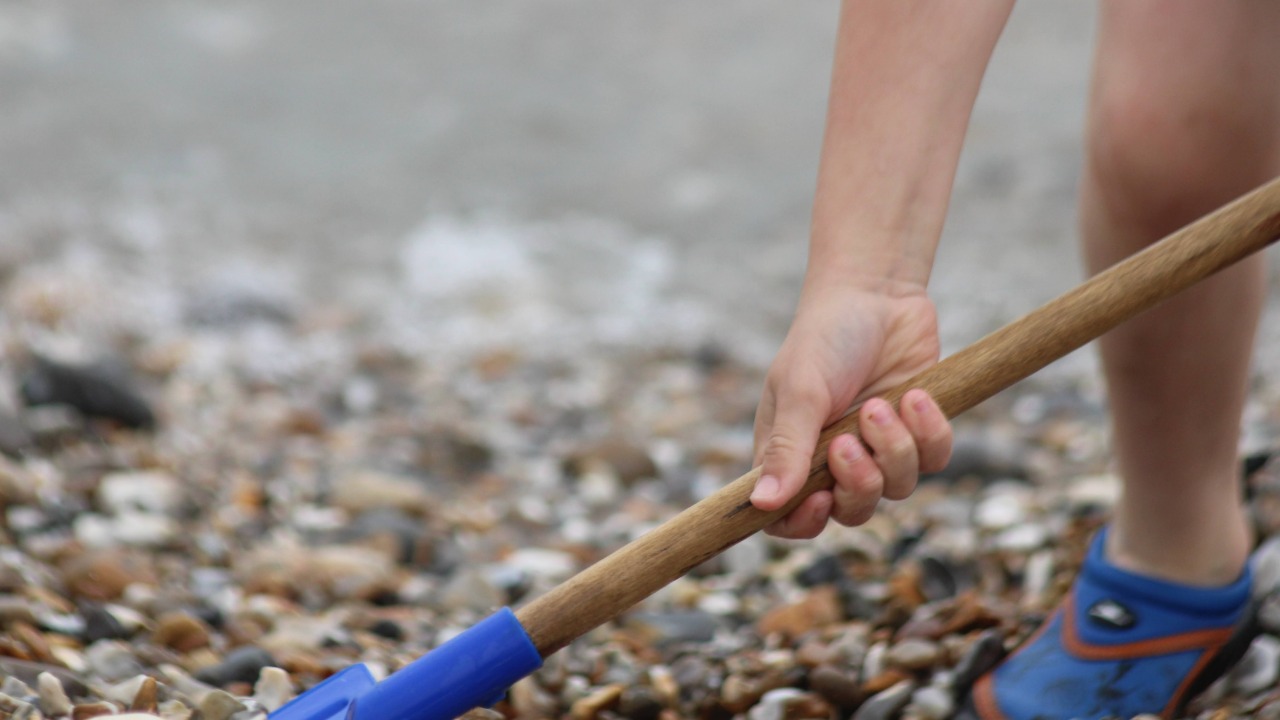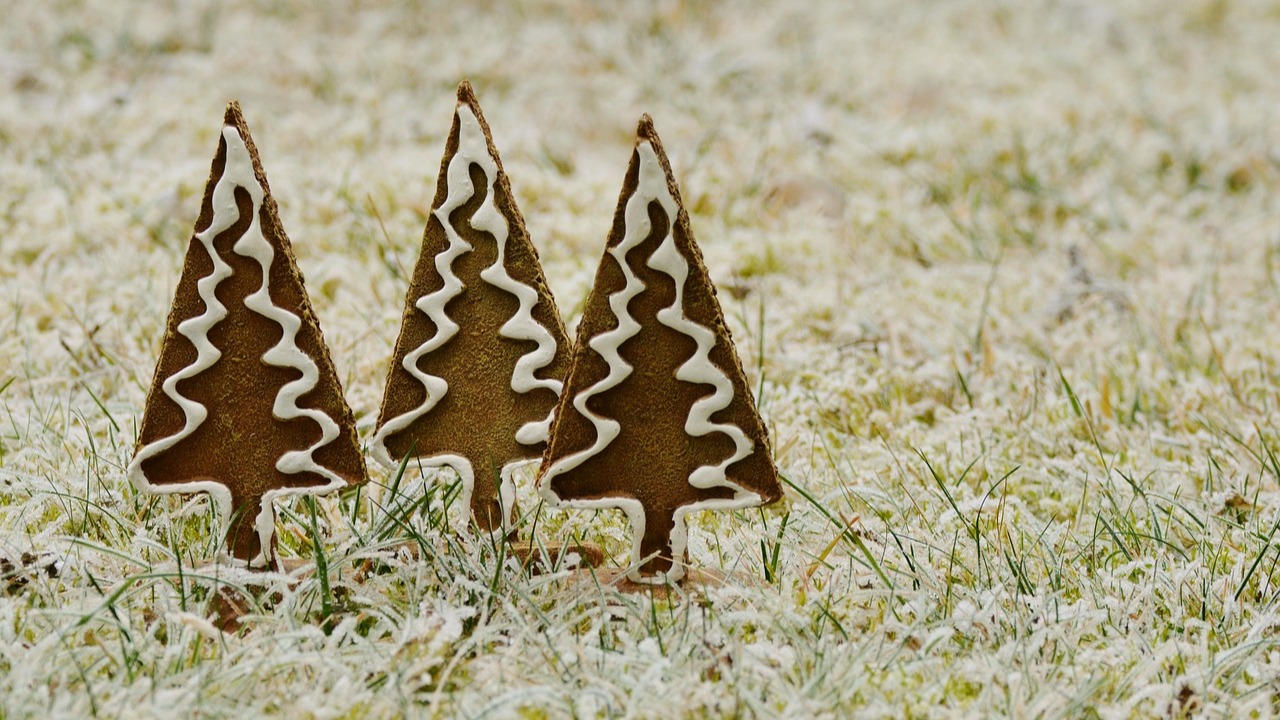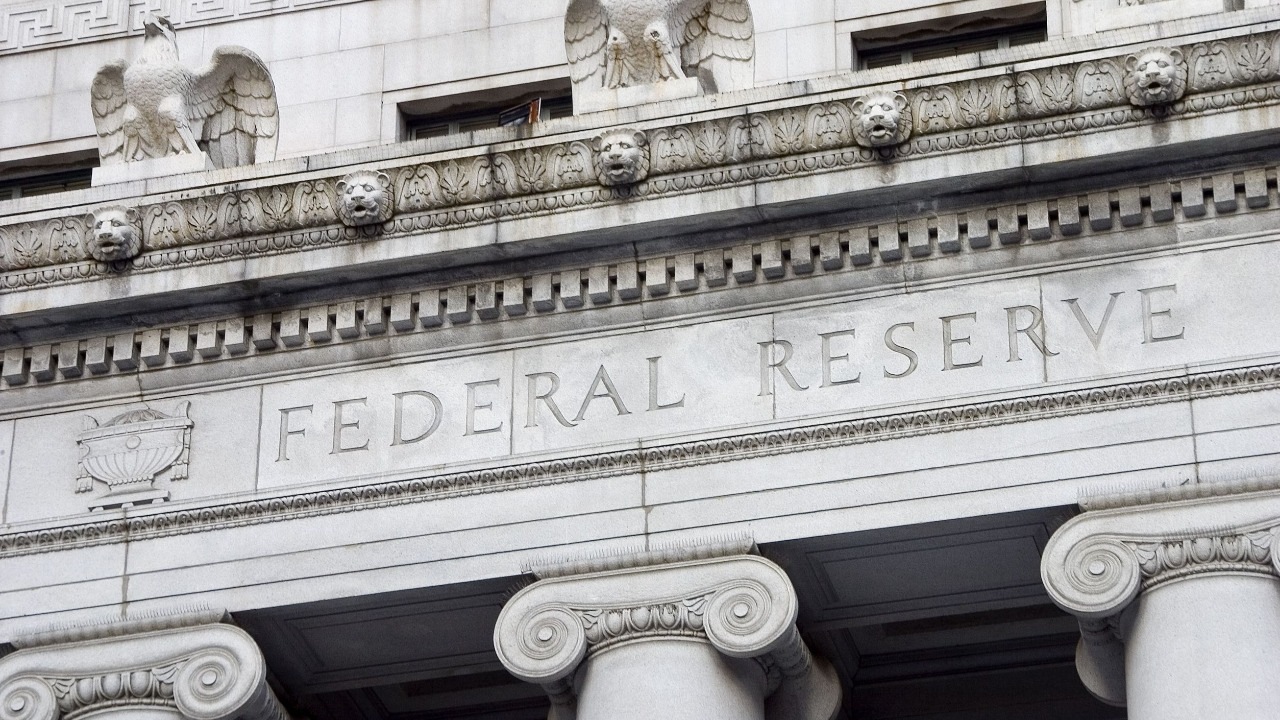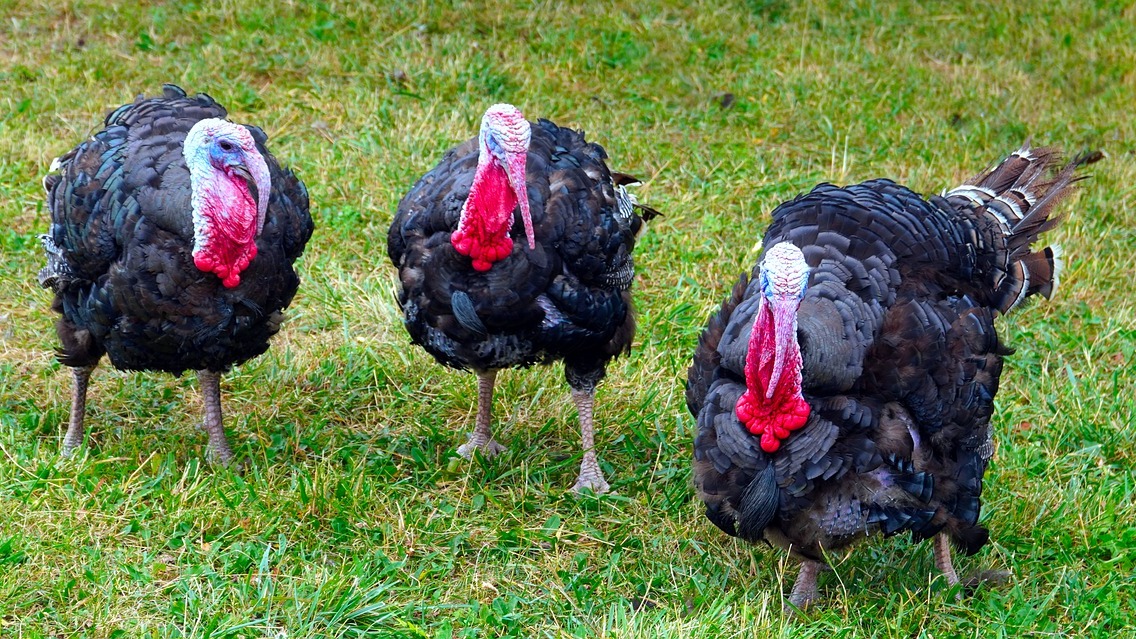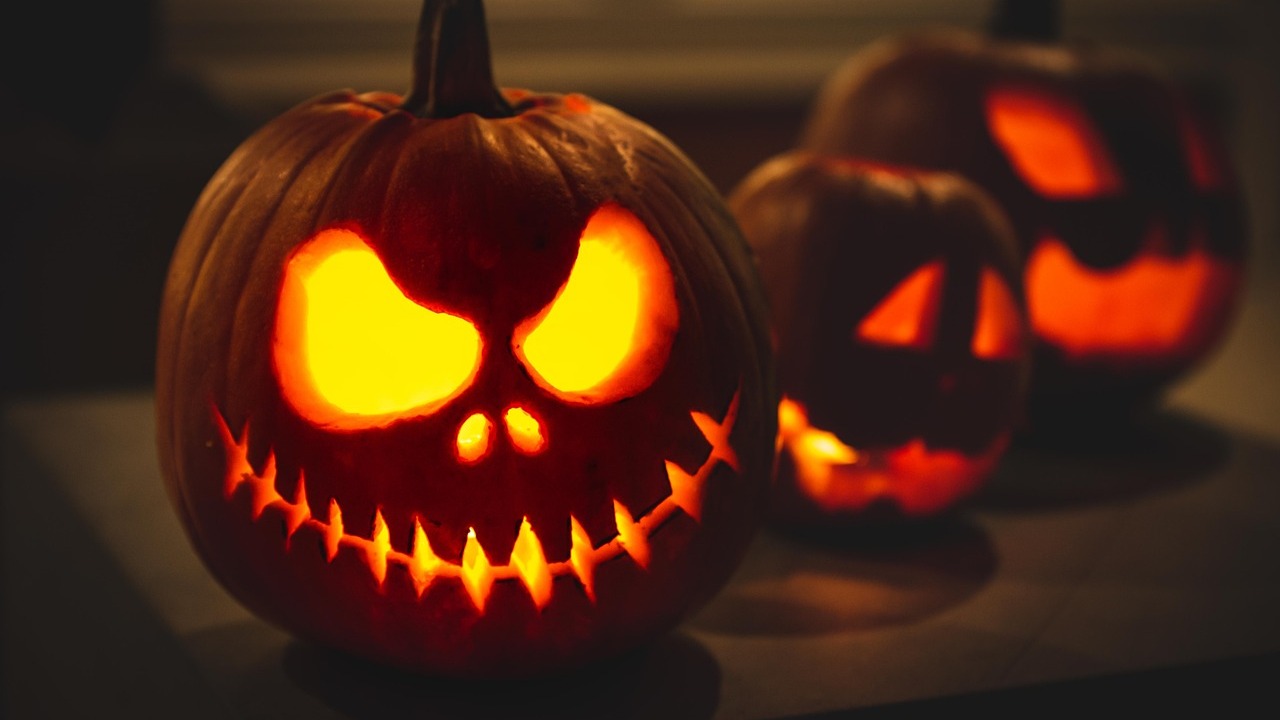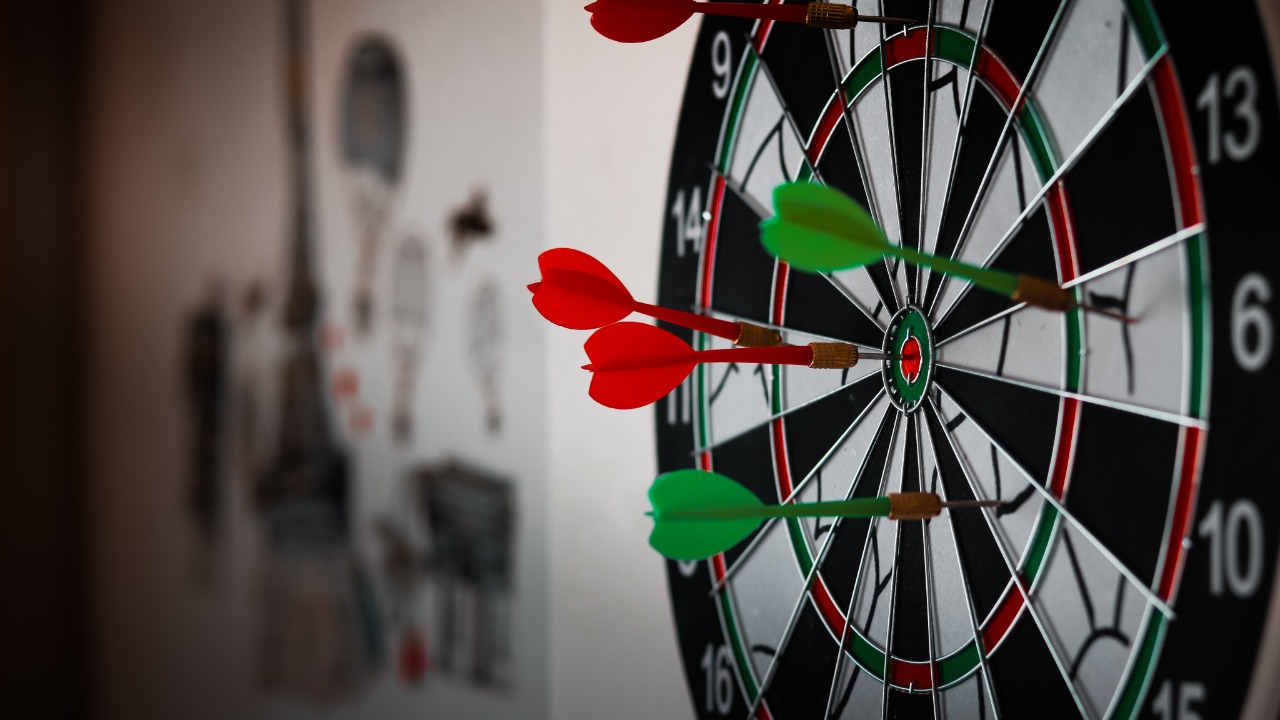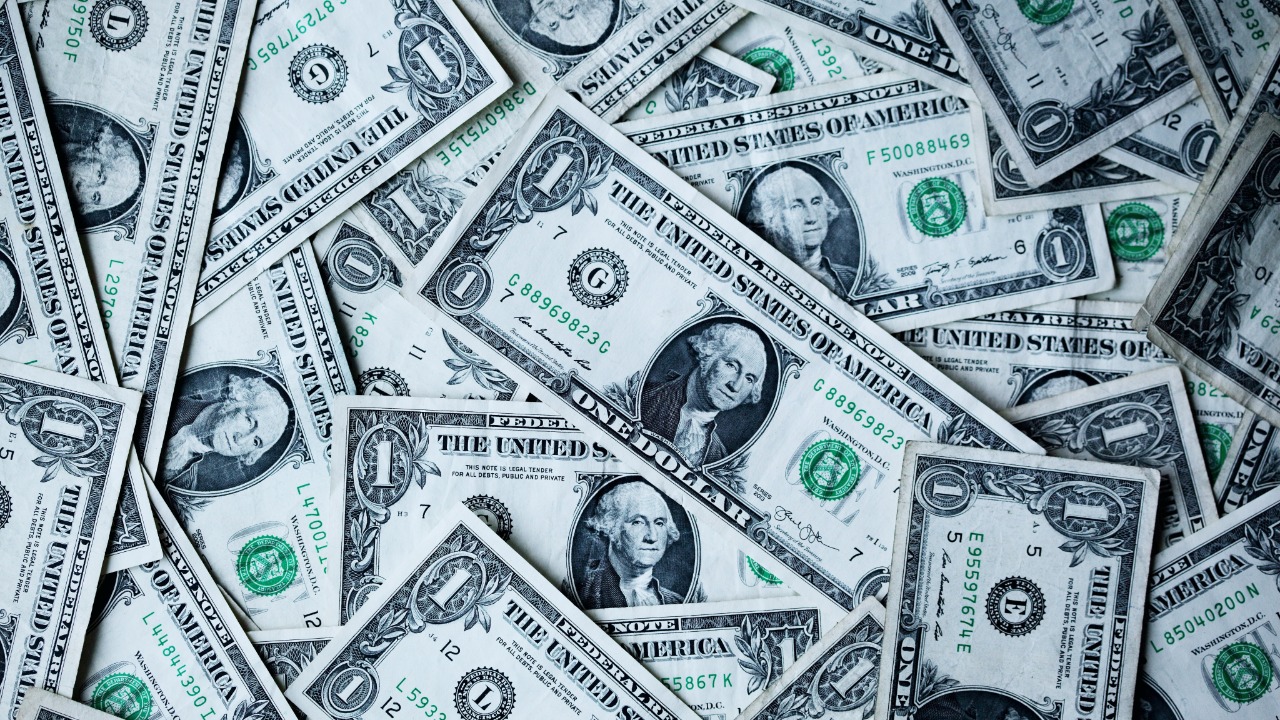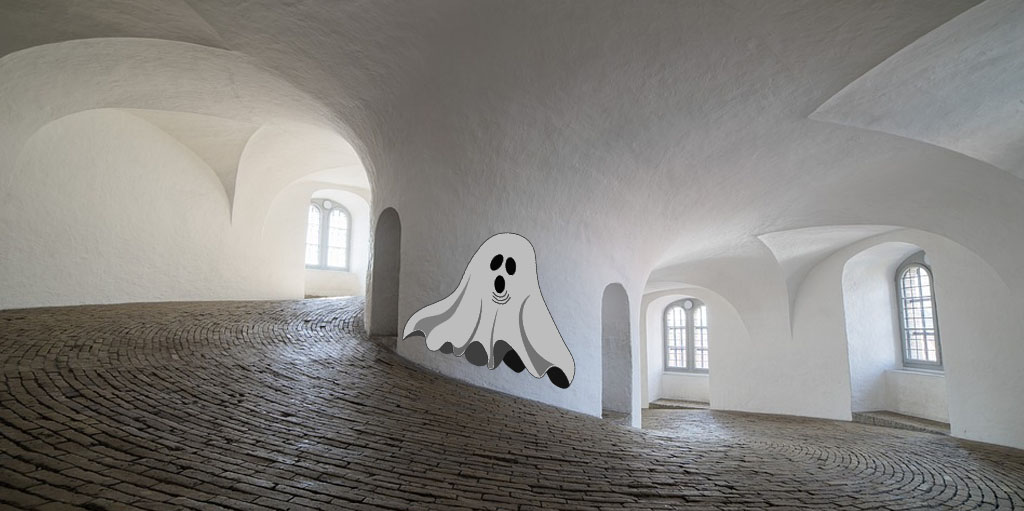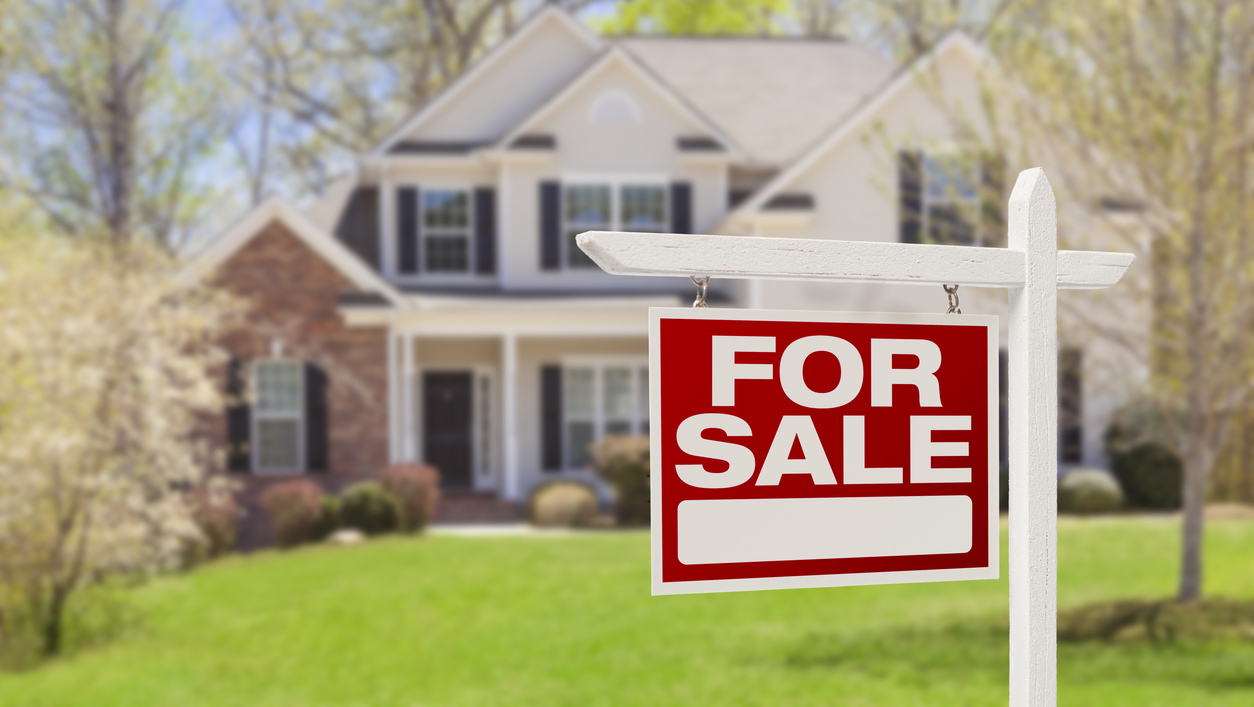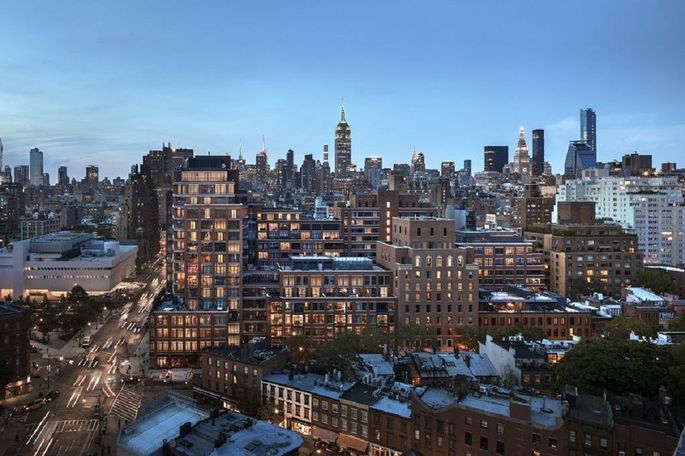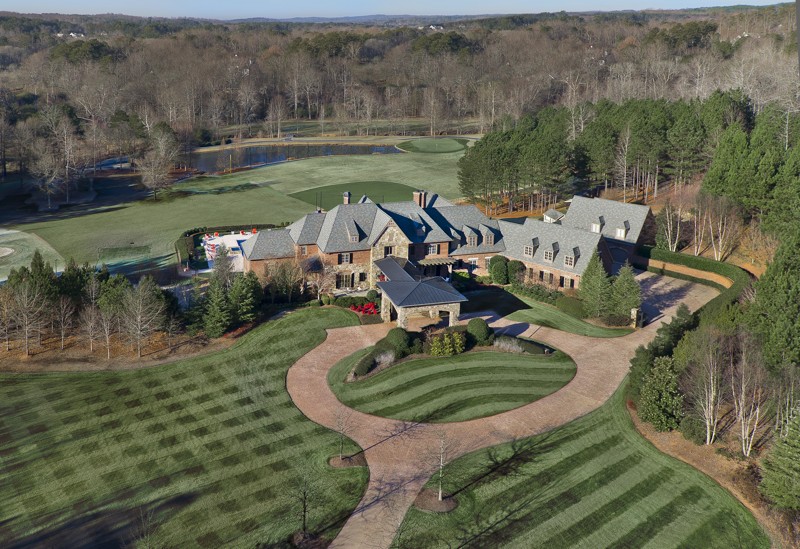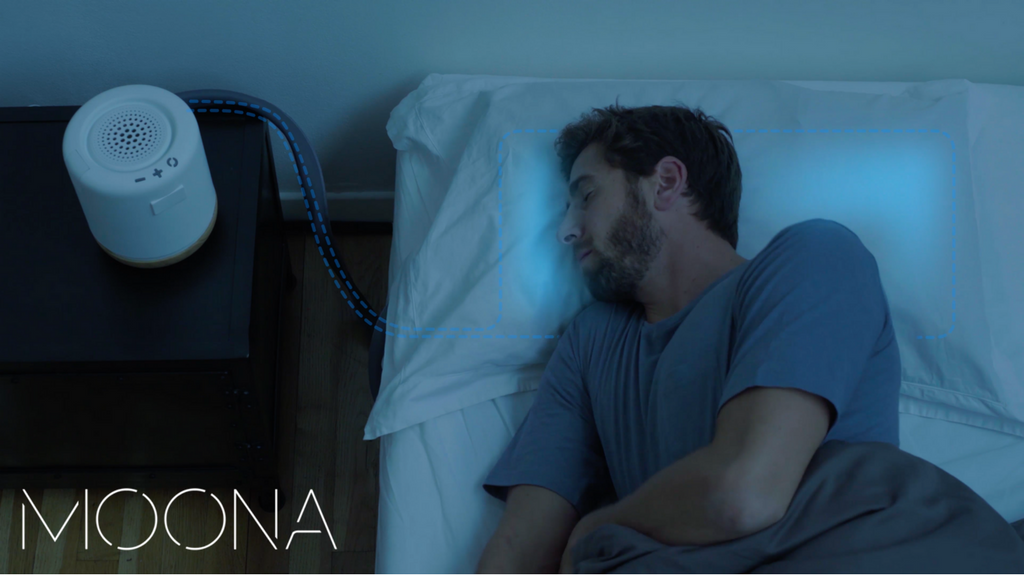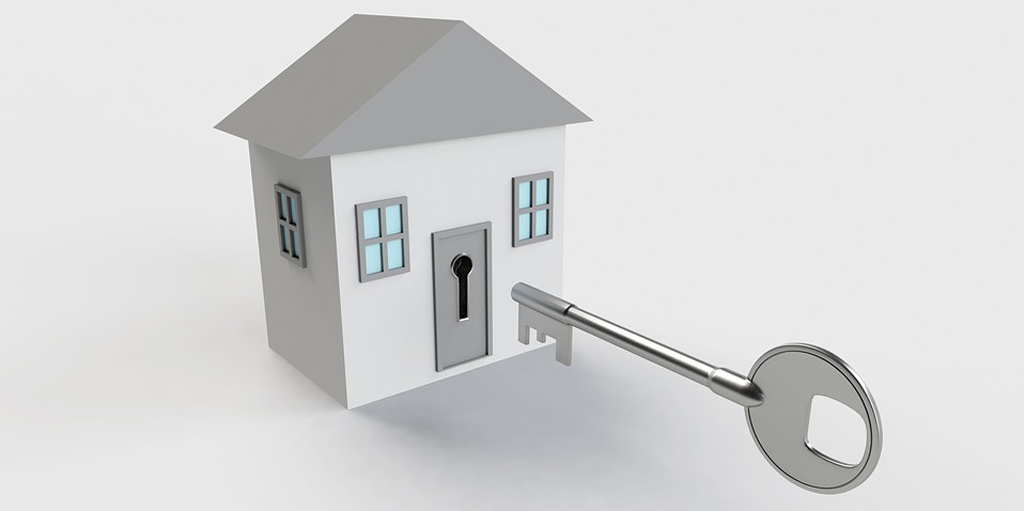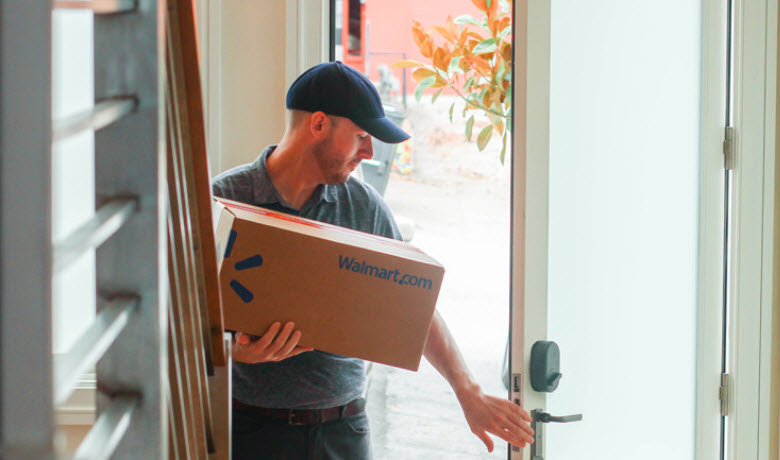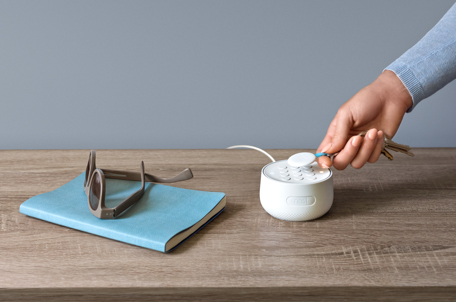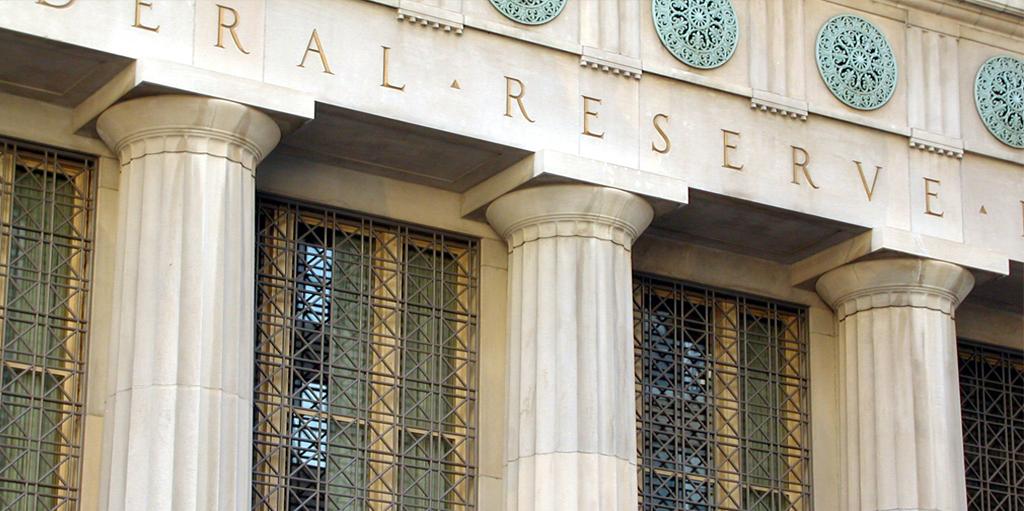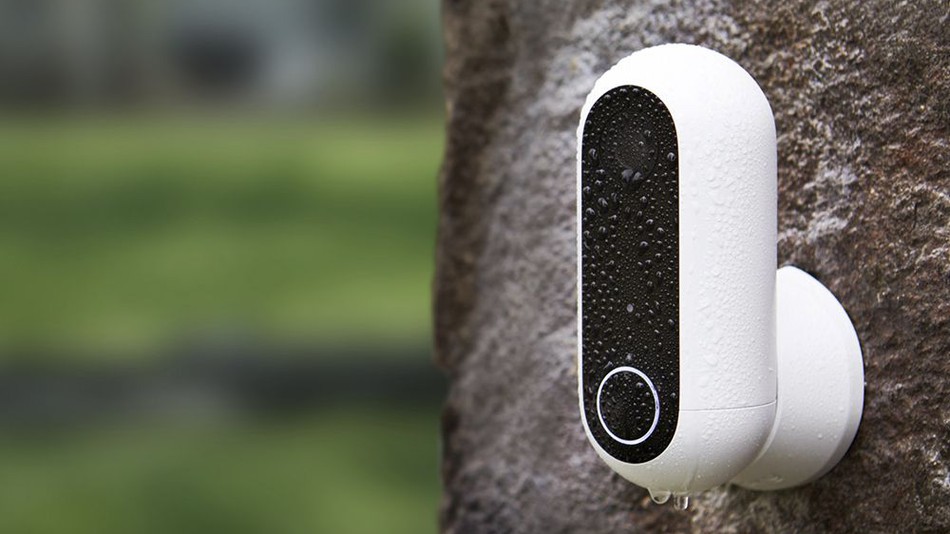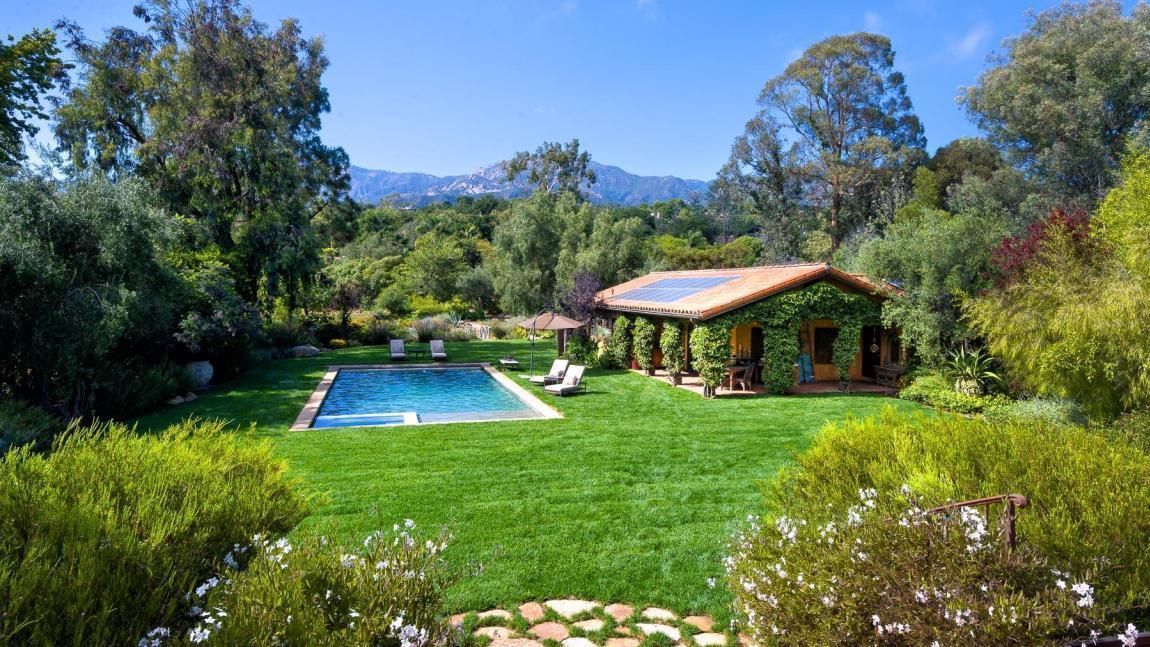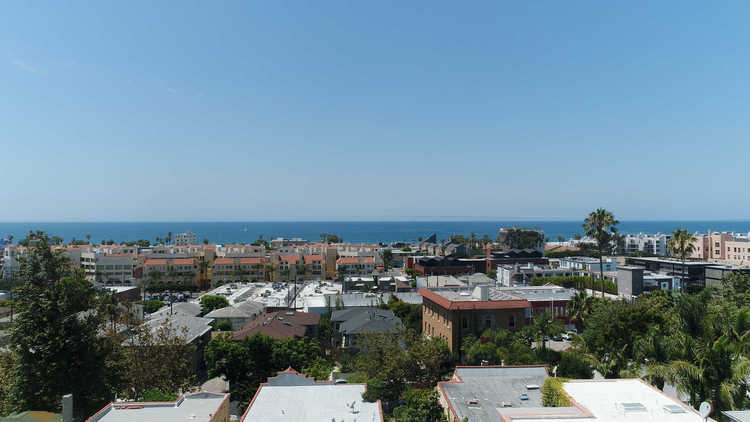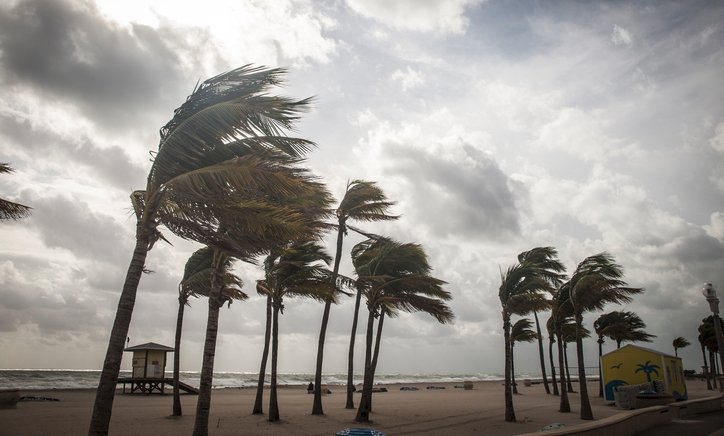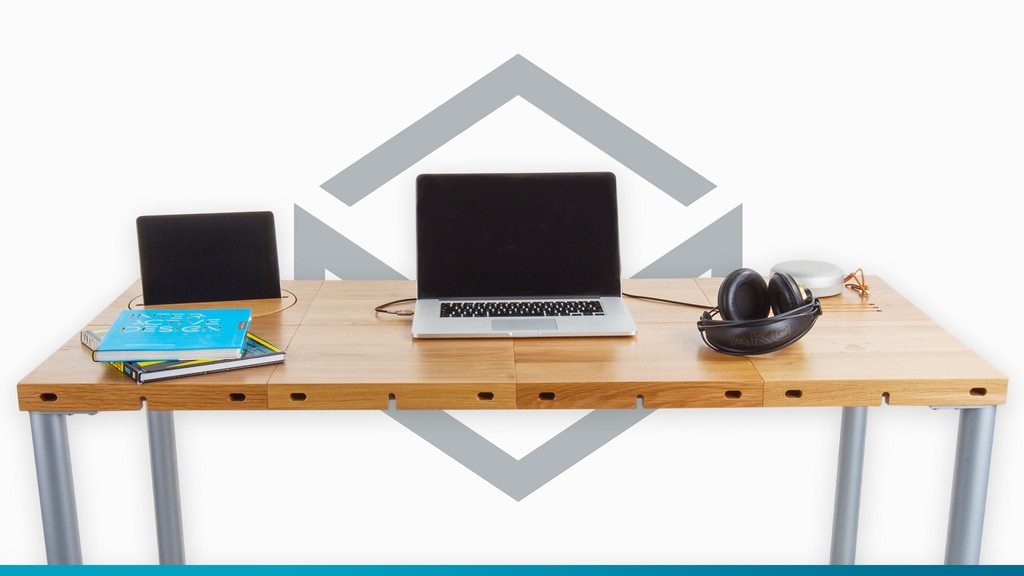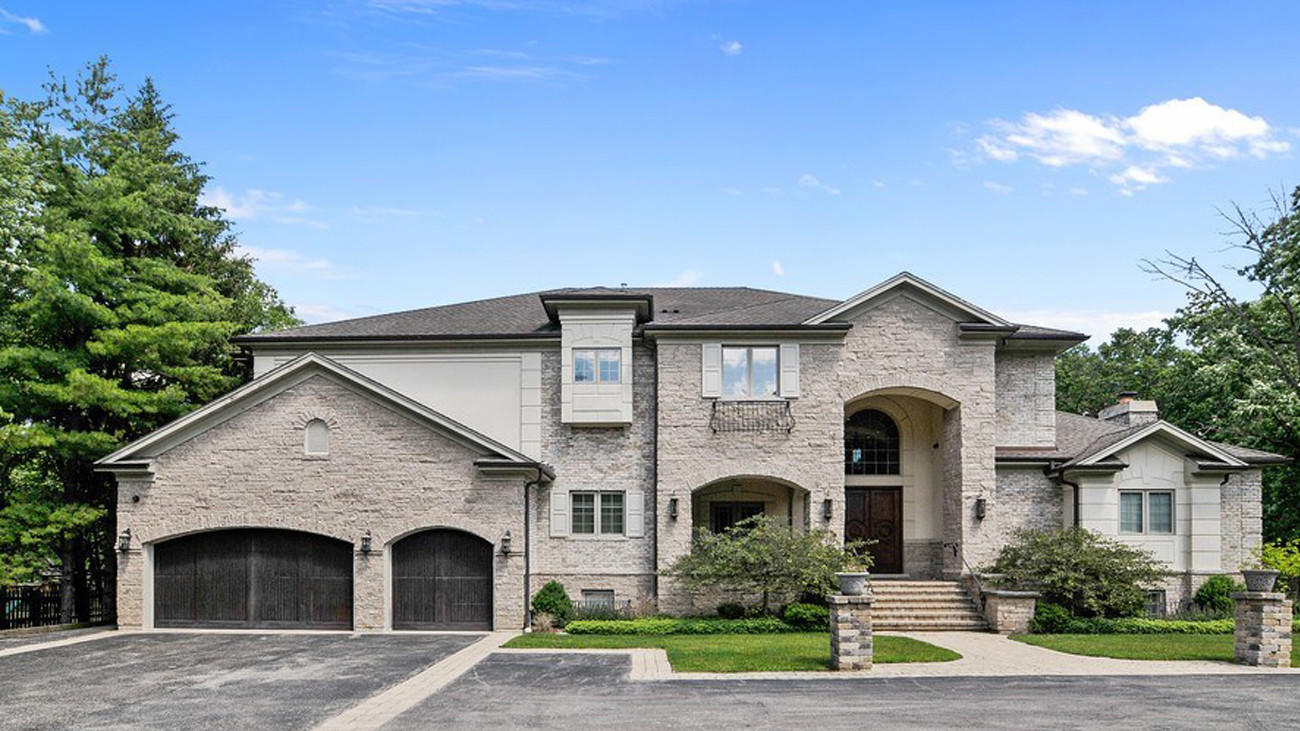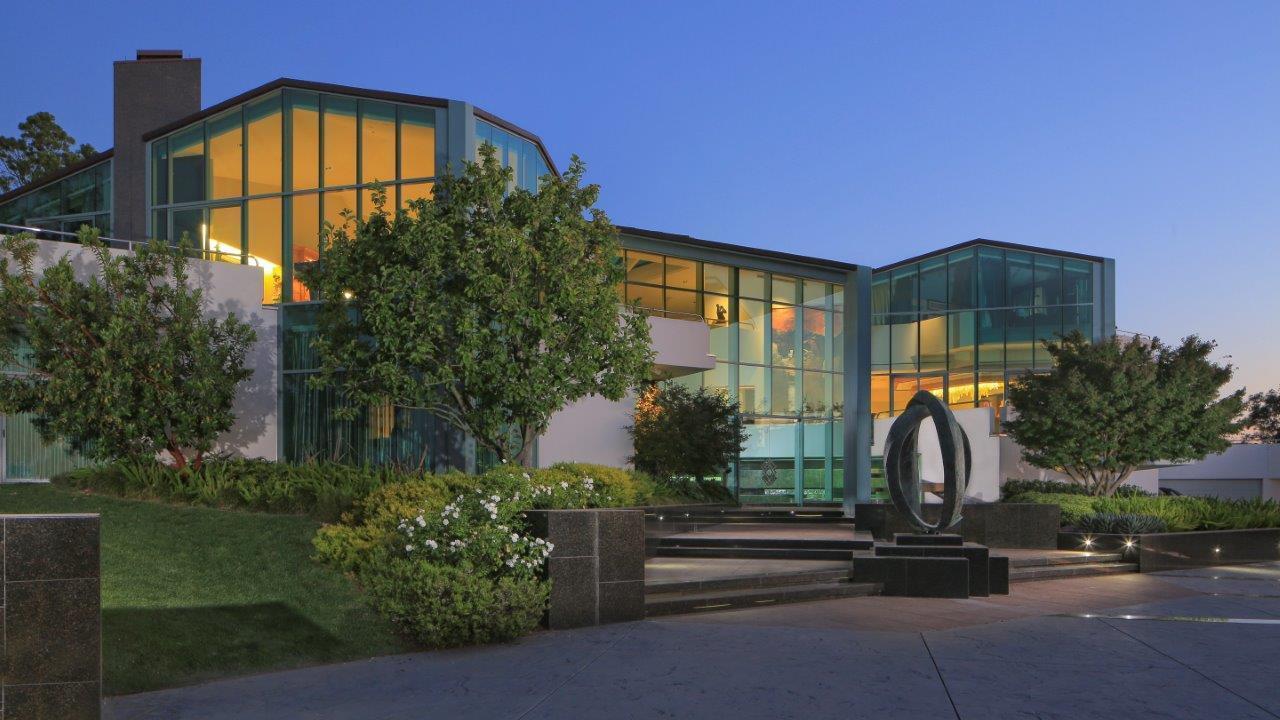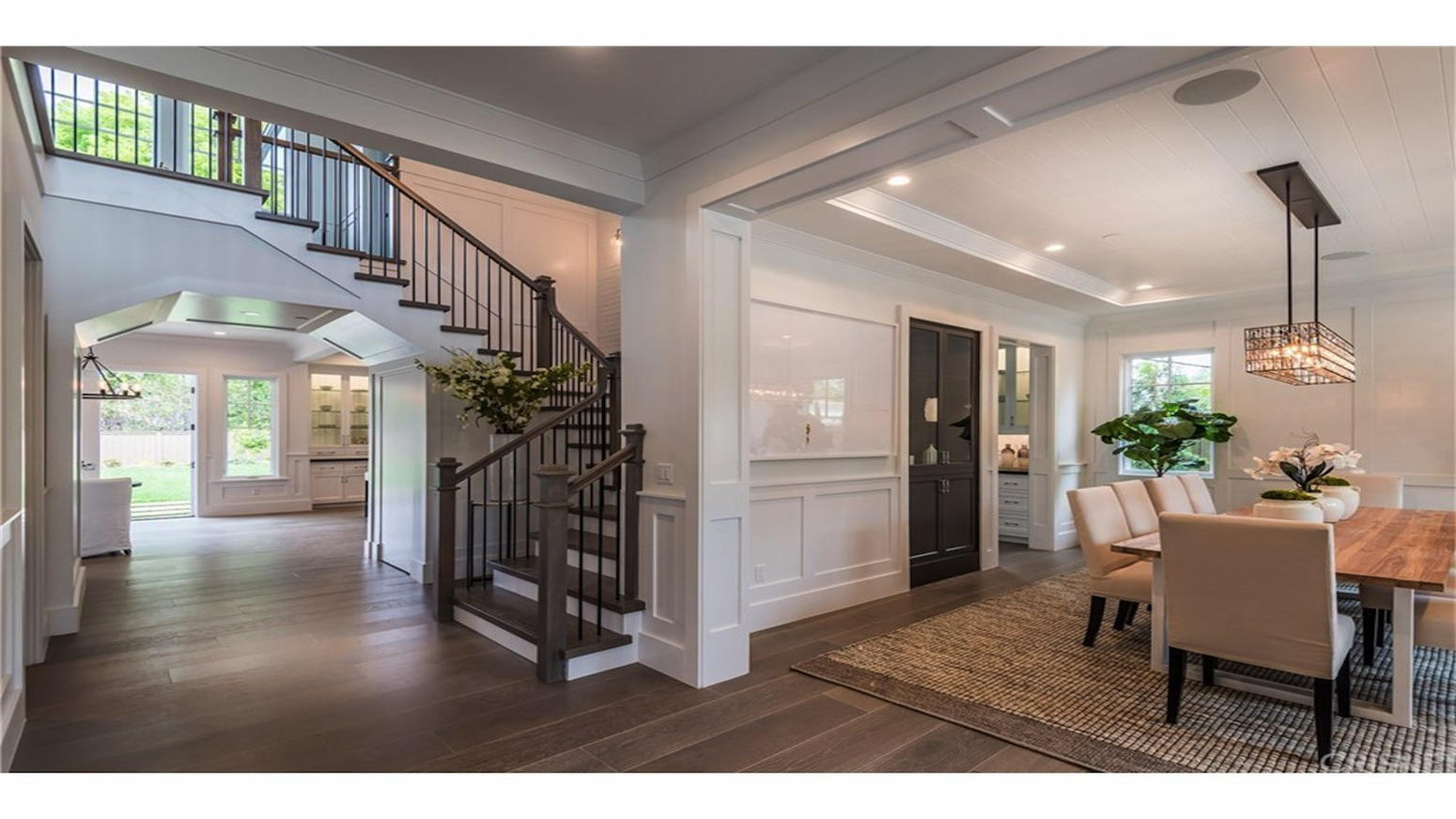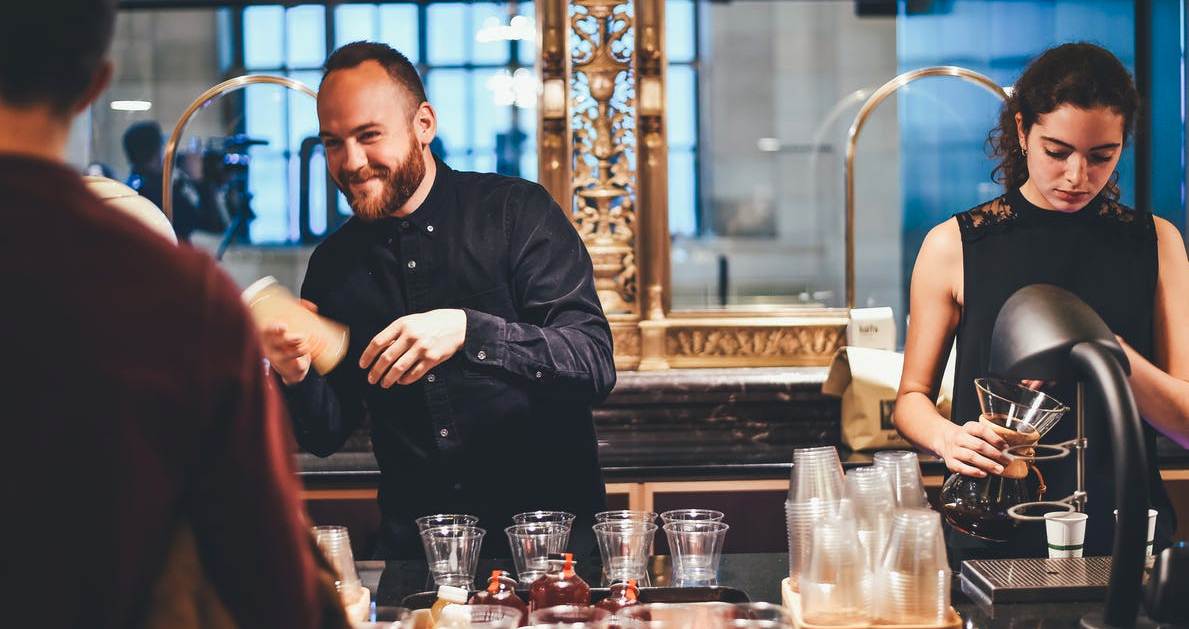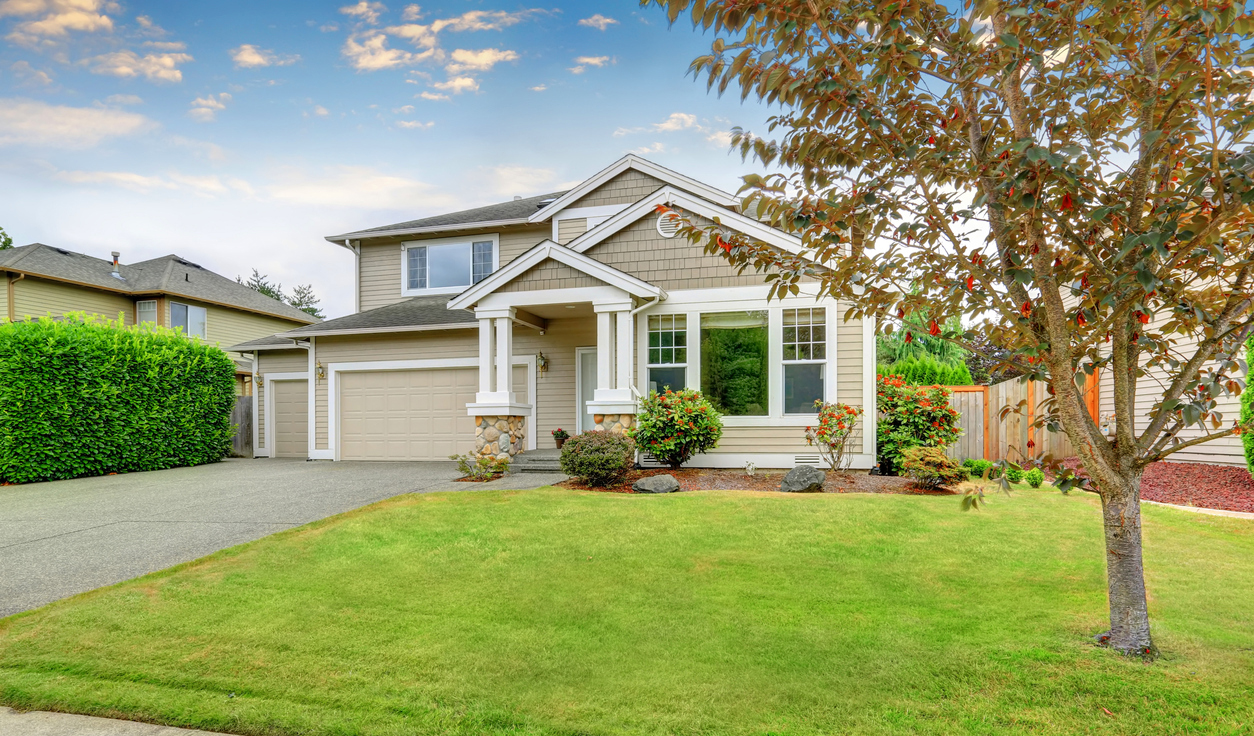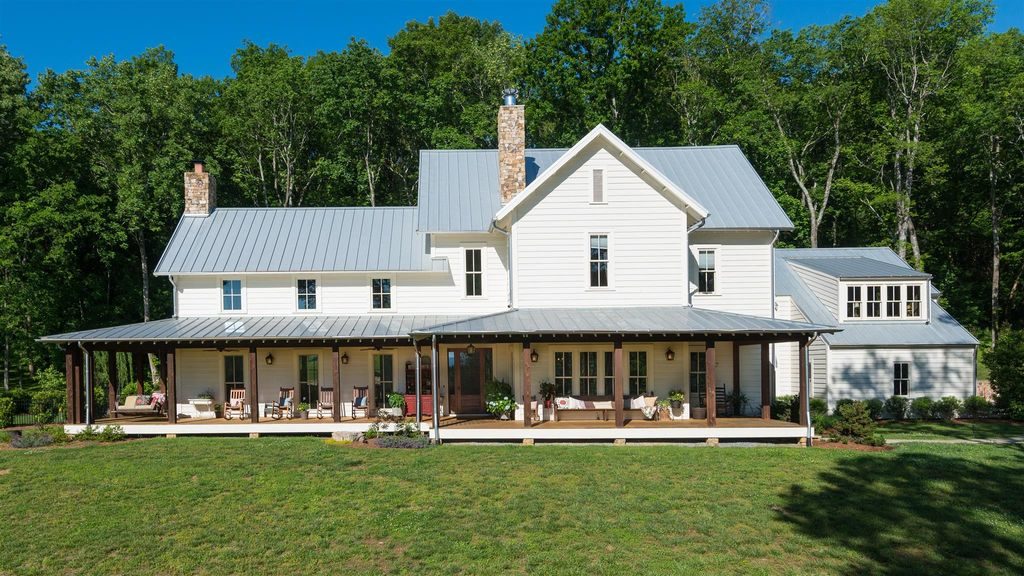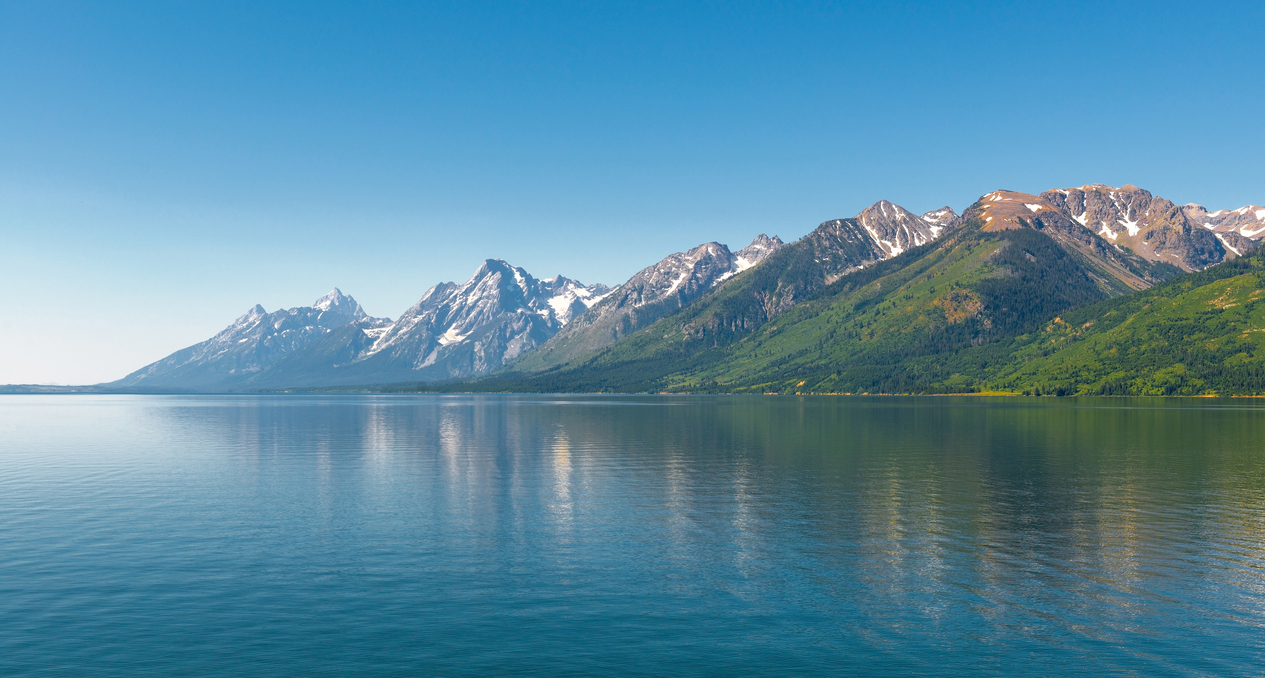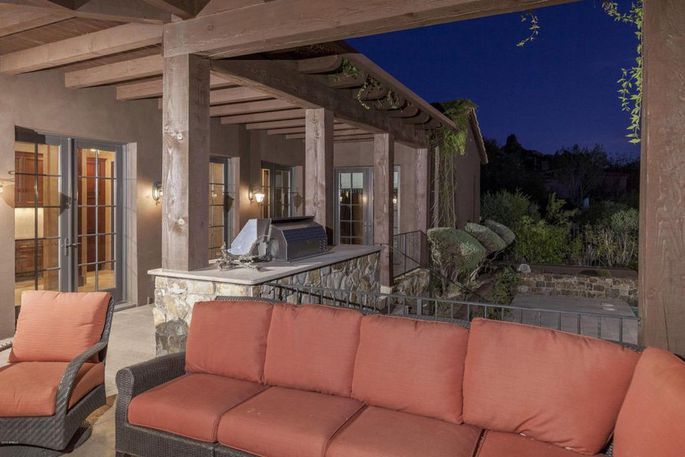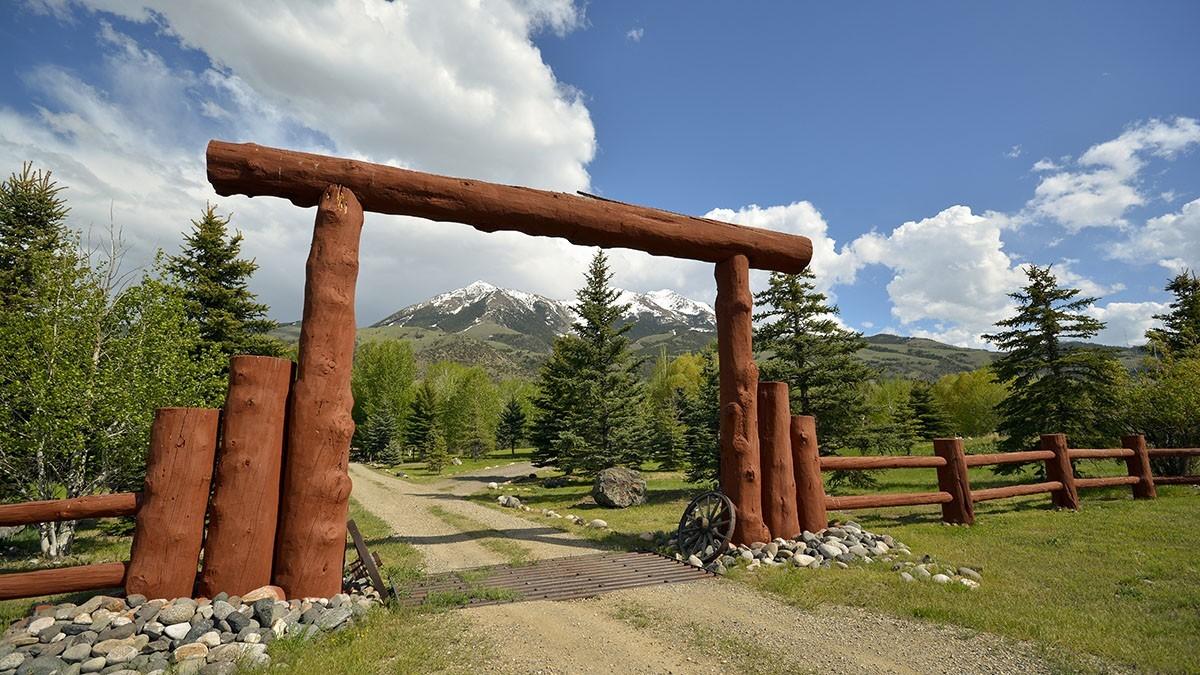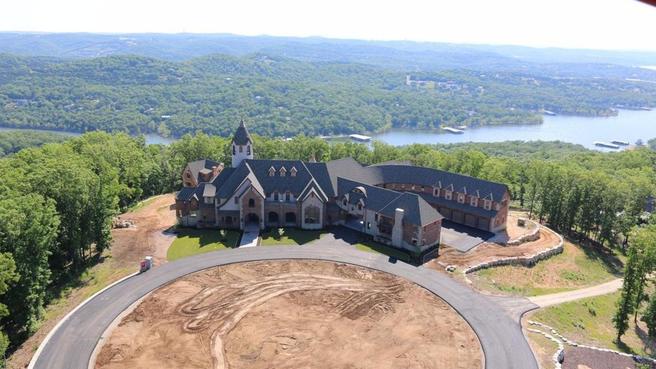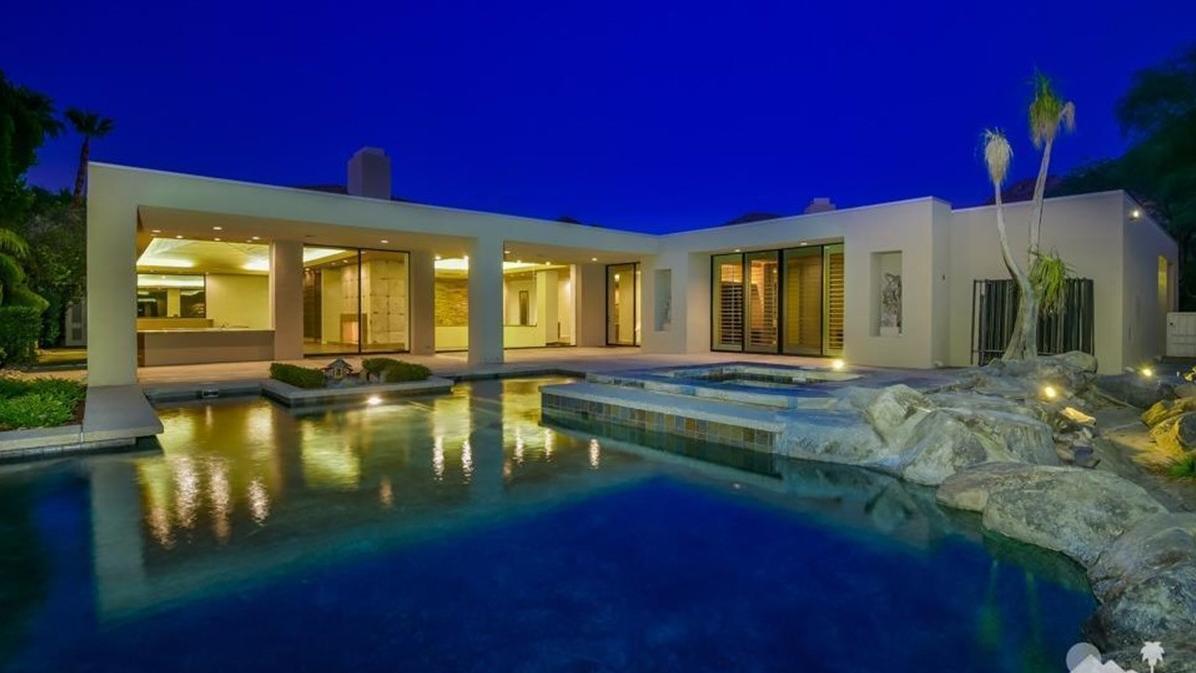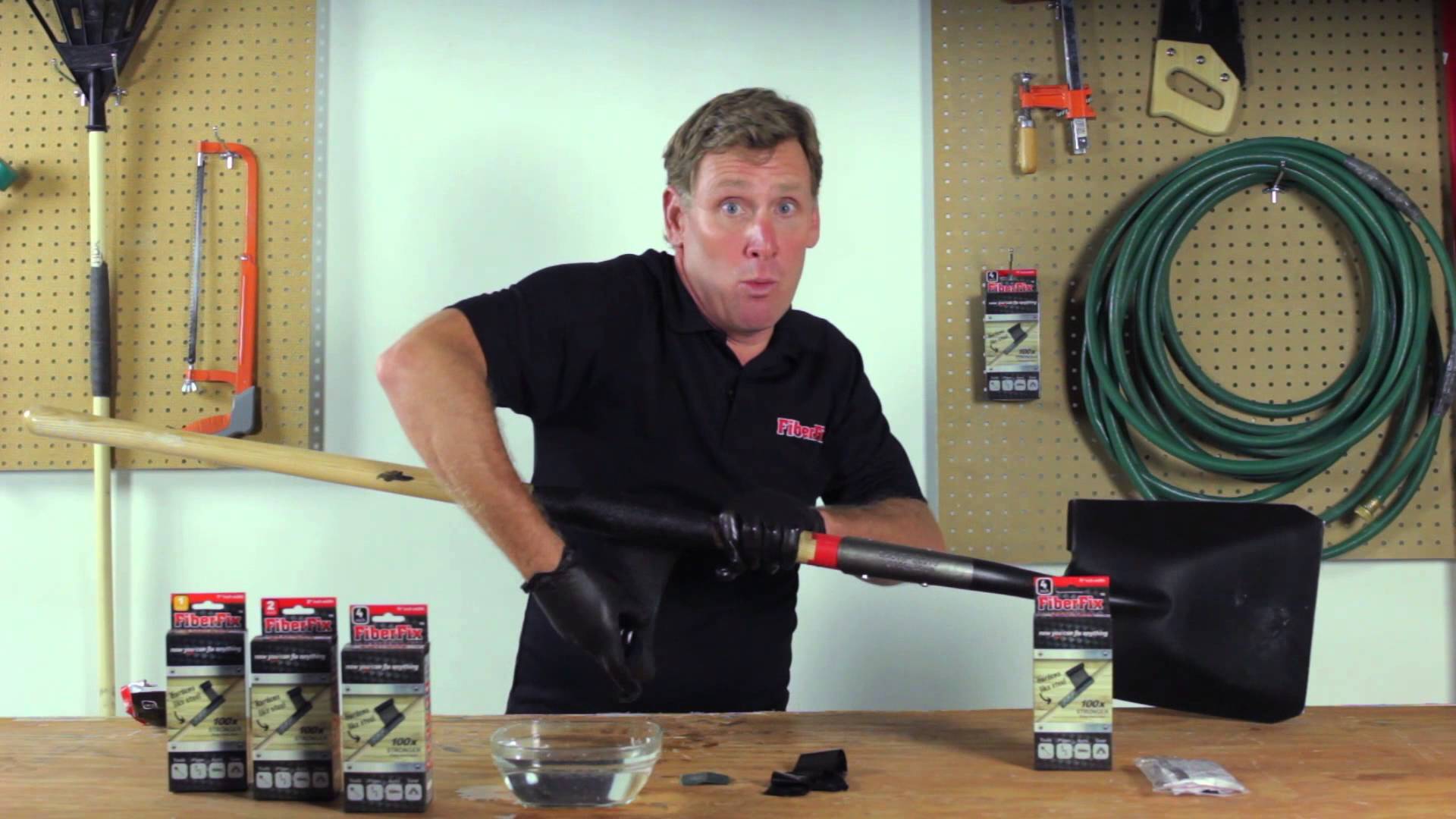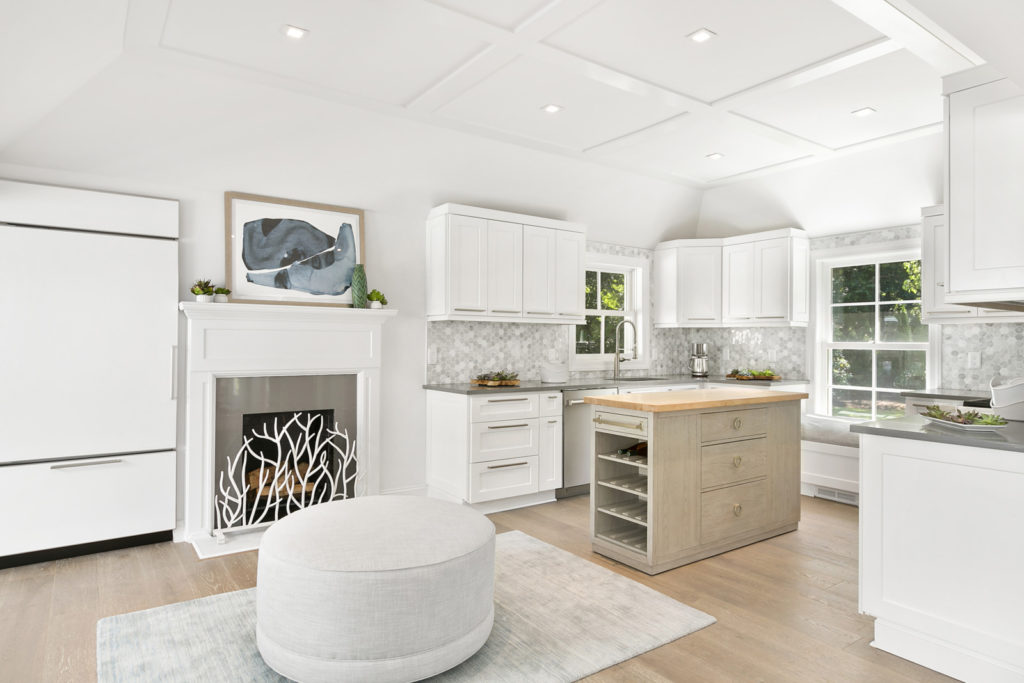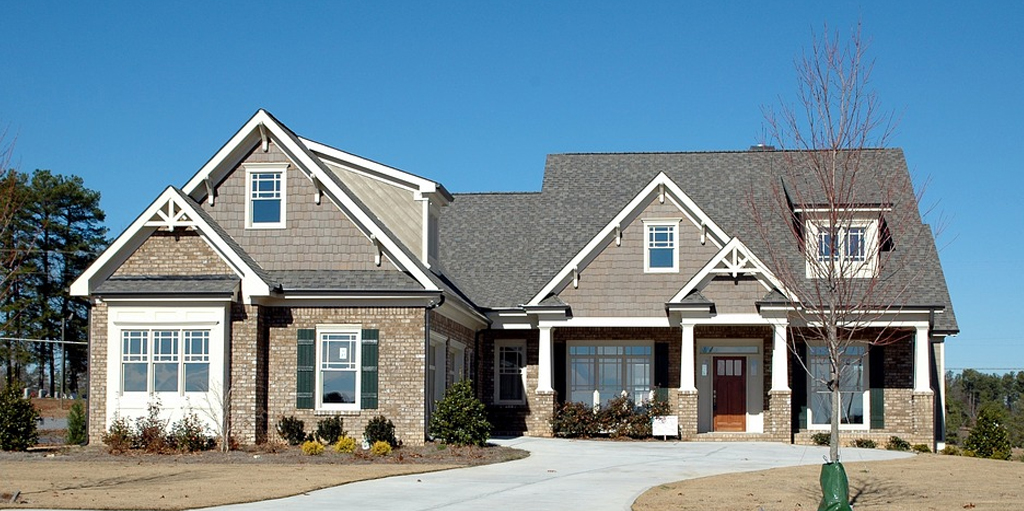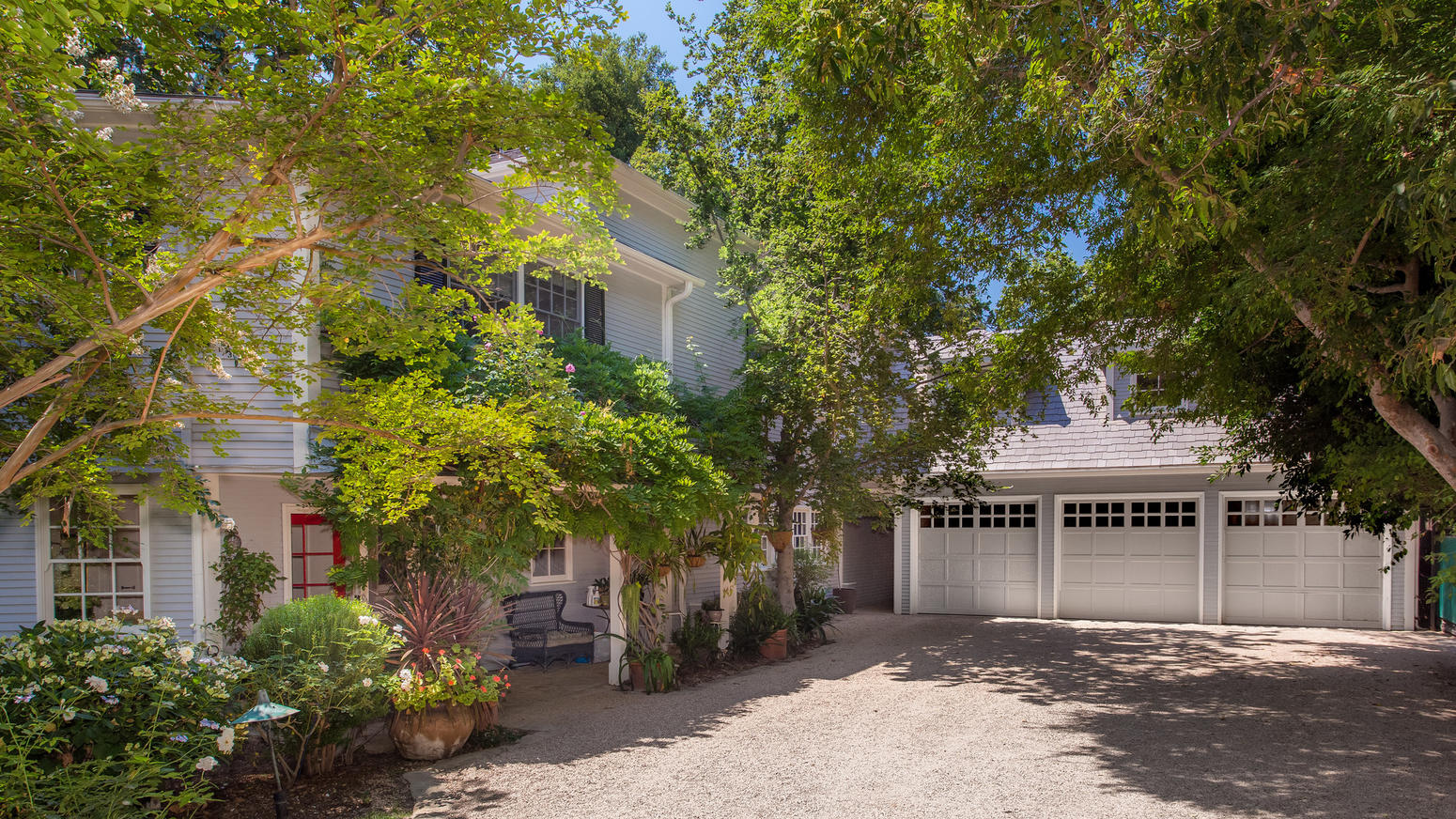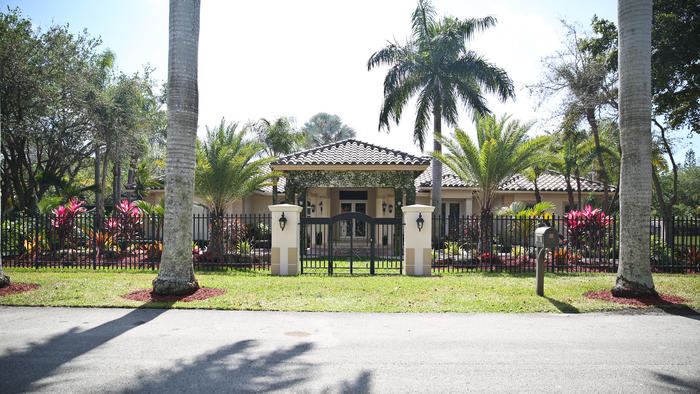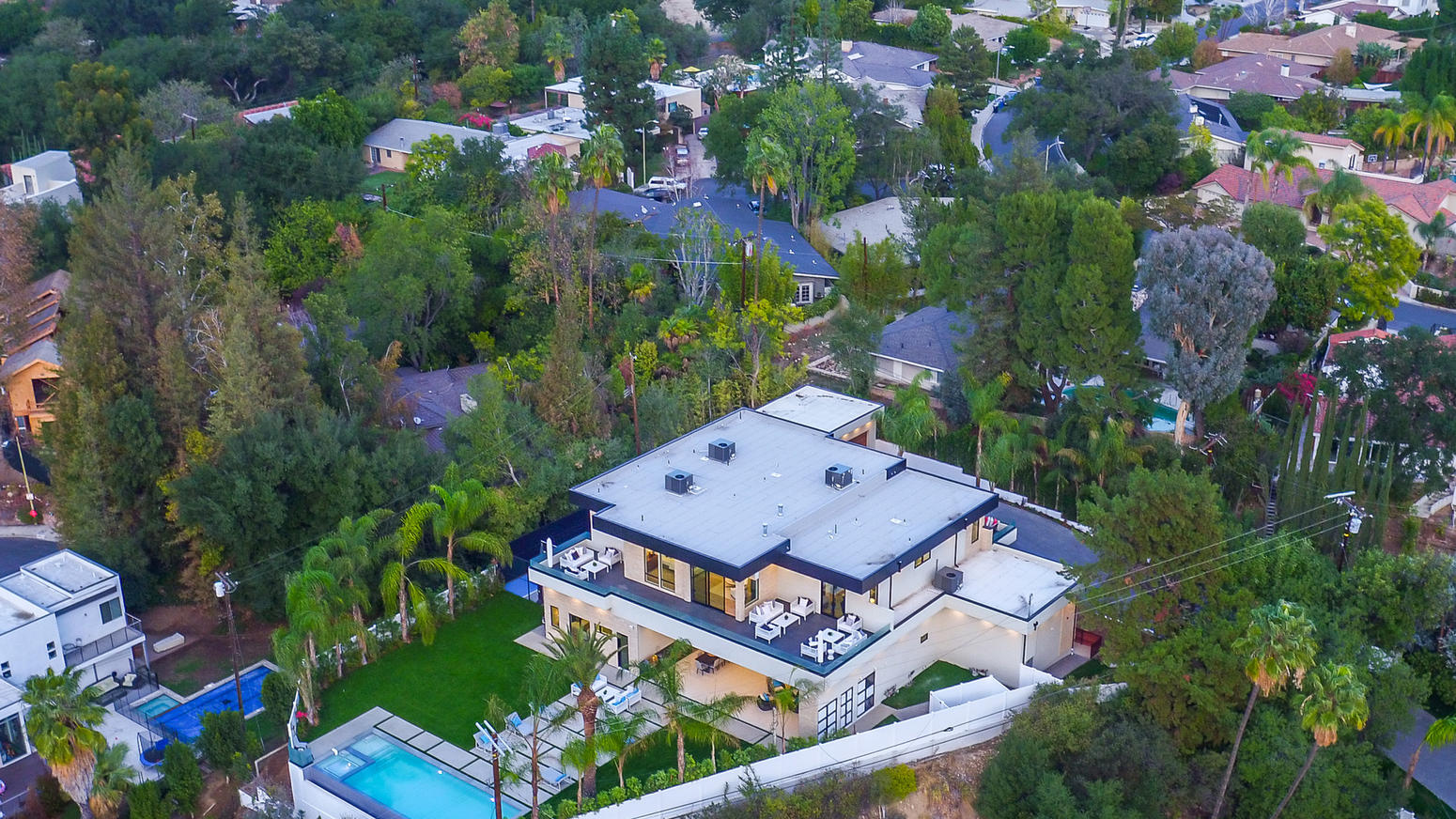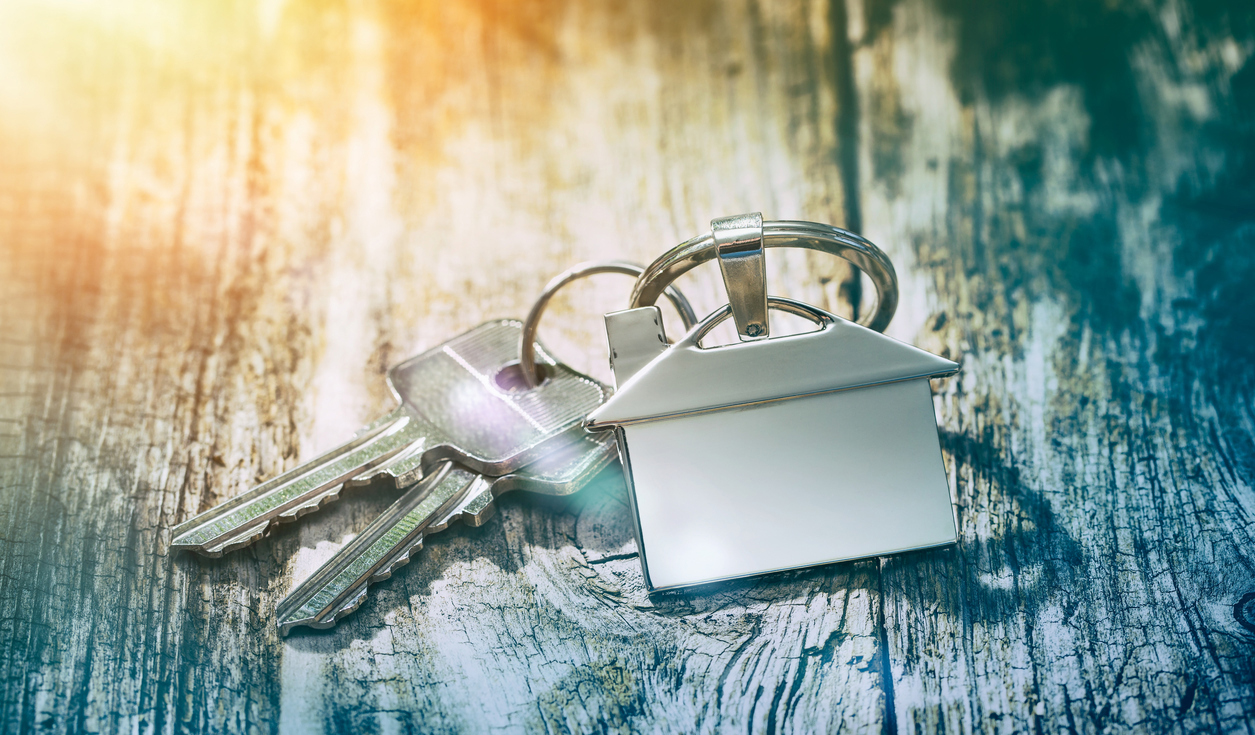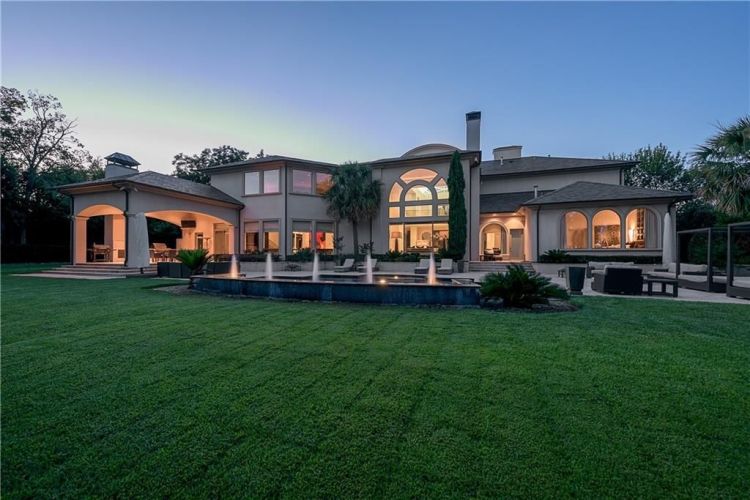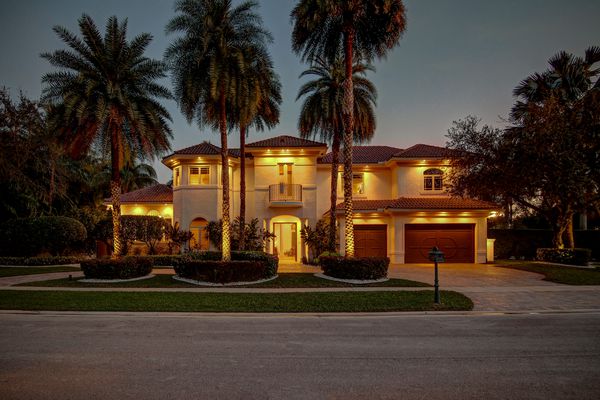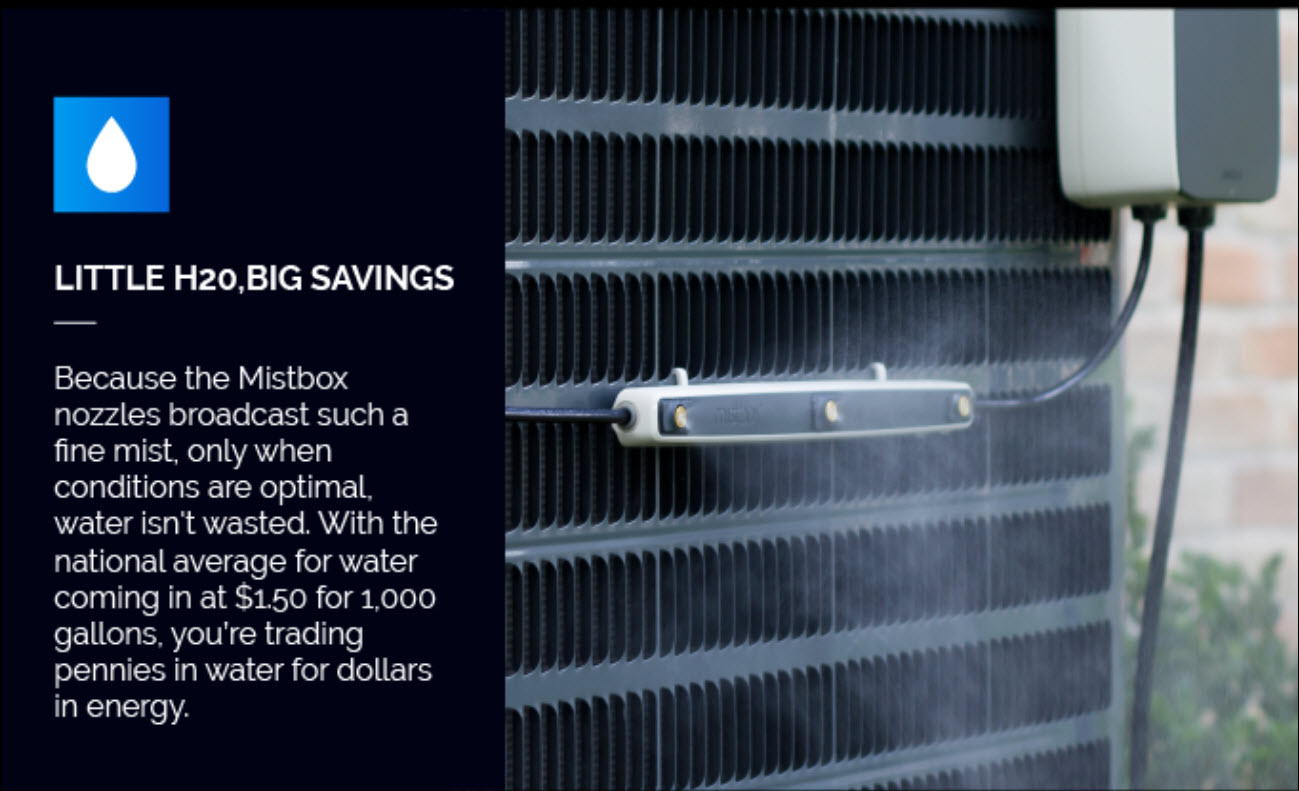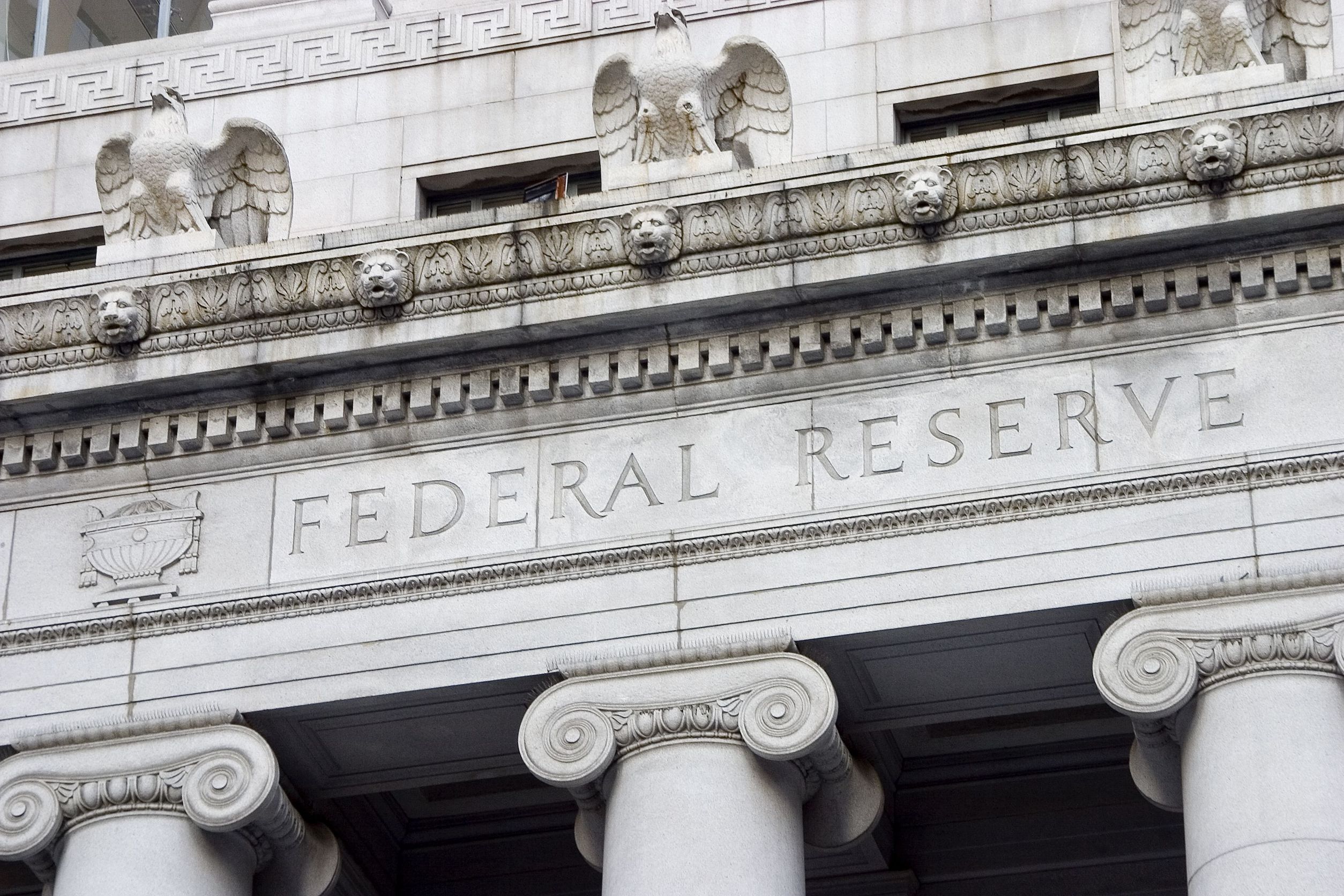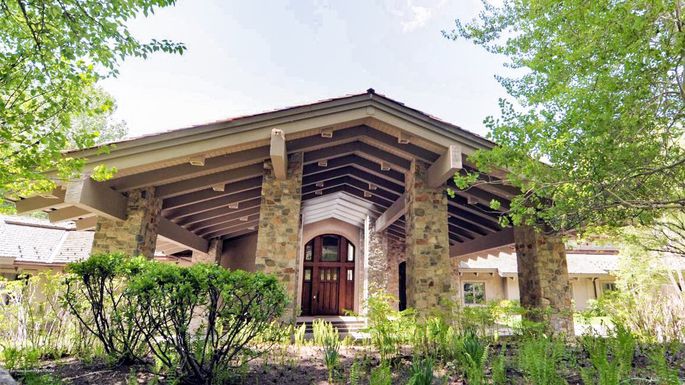
Thinking outside the hardwood box
___
Published Date 8/7/2018
You’ve got 1970s parquet in the entry, vinyl sheet flooring in the kitchen (made to look like tile?) and carpeting down the hallway that now looks like a study in traffic patterns. What do single flooring surface do you choose to replace ALL of it?
While hardwood flooring seems overwhelmingly to be the first choice among homeowners these days, whether it’s your budget or the desire to do something different, maybe it’s time to consider some great alternatives.
Realtor.com's Terri Williams offers a few choices, saying “New floors do a lot for a home. They can brighten up the darkest of interiors and are all but guaranteed to add value to your property. Most homeowners consider installing new floors a huge renovation project that comes with a correspondingly huge price tag. But laying down new flooring doesn't have to force you to break into your 401(k).”
Williams offers the four most popular inexpensive flooring ideas, including their advantages and disadvantages. Once you see these flooring choices in person, we guarantee you might reconsider breaking the bank for hardwood.
Cork flooring is a popular choice among homeowners looking for a soft flooring alternative to carpet but love the look of a hard surface. At only $2 to $4 a square foot, it provides warmth, comfort and is a resilient flooring, with acoustical properties that can help mitigate unwanted sound. Like bamboo, it is a sustainable product. The softness of cork is good for your legs, back, and ears. Cork floors can also be charred to make unique patterns, colored and finished in several ways, including creating wide plank-style cork boards in gray or brown tones to resemble hardwood flooring.
Since cork is porous, however, it needs to be regularly sealed to maintain its finish, the frequency of which will be determined by the amount of foot traffic it receives. Cons also include being hard to clean, showing traffic patterns, fading and staining — not ideal for red-wine drinkers.
Bamboo floors have come into their own since being introduced a few decades ago. They are touted as an eco-friendly alternative because bamboo grows at a much faster rate than wood. At around $4 a square foot, they look like hardwood, are easy to clean, are more water-resistant than traditional hardwood, also being known for their long-lasting and sturdy qualities.
Bamboo is not one of the hardest wood flooring options, however, so it can be more susceptible to scratches and warping in high humidity areas.
Concrete moved indoors a while back when industrial lofts converted to living spaces began applying a shine (and even color) to them. Extremely durable, concrete can be had for $2 to $6 a square foot and will outlast just about any other flooring surface. Whether they make a strong aesthetic statement is in the eye of the beholder, but most think it offers a modern, clean, urban feel to a room.
Critics of concrete say it lacks warmth and might be tough on families living with kids or the elderly who tend to fall more frequently (we also predict disaster when dropping your cell phone). It can also be porous and susceptible to moisture if not sealed properly. Concrete also carries weight restrictions, making it limited to the ground level in wood-framed construction. Since it is a surface that is smoothed onto the existing flooring, experts recommend looking far and wide for contractors known for installing this art-form-flooring in order to avoid surface cracking and anomalies.
Vinyl is no longer your grandma’s kitchen flooring. And gone are the days when WilsonArt and Pergo produced vinyl with a tapping sound that made it feel phony. Priced at only 50 cents to $5 a square foot, vinyl may be one of the most affordable flooring options ever. Luxury vinyl tile is particularly impressive, earning a reputation for being long-lasting, hard-wearing, easy to clean, and offering a clean, modern look to any space.
Vinyl manufacturers have successfully found ways to mimic wood planking right down to the texture, fooling even the eyes of design experts. It’s highly resistant to water, making it a great alternative to wood in basements and walk-outs.
Many a consumer will pick up a sample of high-end vinyl mistaking it for hardwood. Like its more expensive big brother, however, the surface may require waxing every couple of years to maintain its luster.
Source: TBWS
All information furnished has been forwarded to you and is provided by thetbwsgroup only for informational purposes. Forecasting shall be considered as events which may be expected but not guaranteed. Neither the forwarding party and/or company nor thetbwsgroup assume any responsibility to any person who relies on information or forecasting contained in this report and disclaims all liability in respect to decisions or actions, or lack thereof based on any or all of the contents of this report.


Austin Hurt
Associate Broker
License: FA100093035
Gold Compass Real Estate, Inc.
4 West Dry Creek Circle Suite 100, Littleton CO
Office: 303-325-5690
Cell: 720-877-1370
Email: sales@coloradohomeblog.com

Austin Hurt
___
Associate Broker
License: FA100093035
Cell: 720-877-1370
Last articles
___

The April Personal Consumption Expenditures Price Index
4/26/2024
PCE is the key measure of inflation for the Federal Reserve... view more

The April Personal Consumption Expenditures Price Index
4/26/2024
PCE is the key measure of inflation for the Federal Reserve... view more
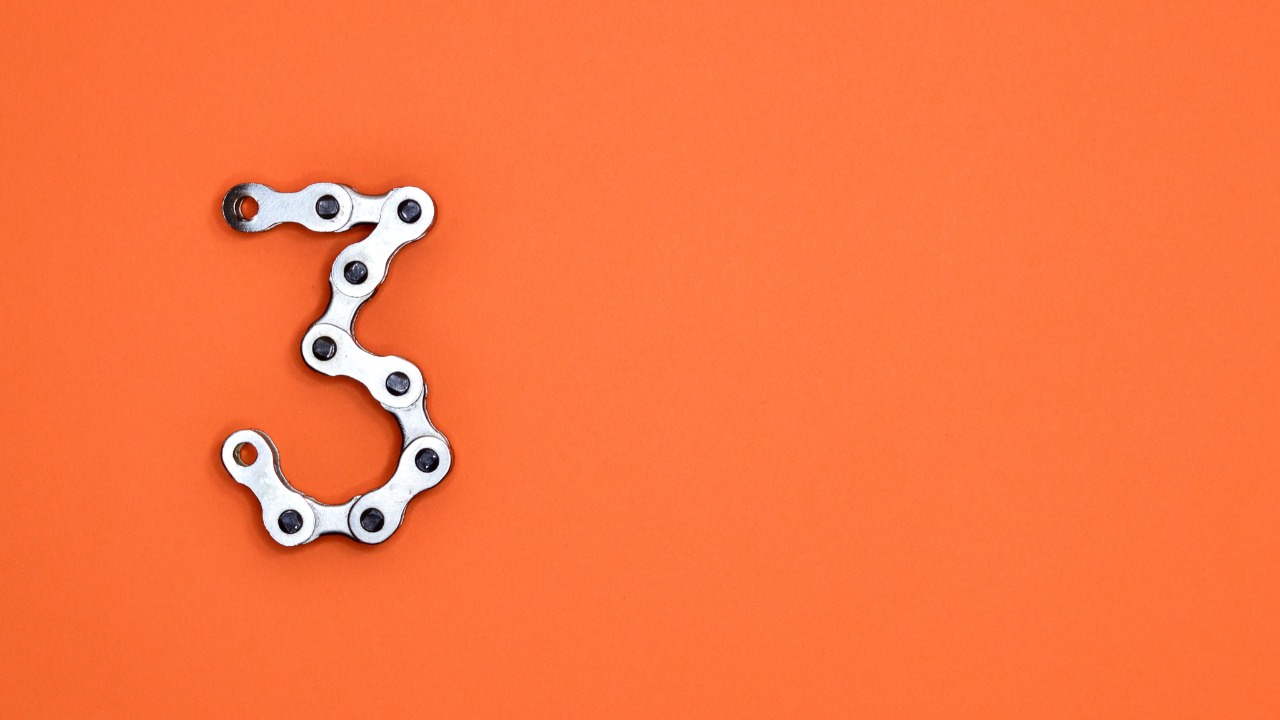
Three things that could impact rates the week starting 04-22-24
4/23/2024
This week we look to GDP, PCE and the Bank of Japan as the primary market movers... view more
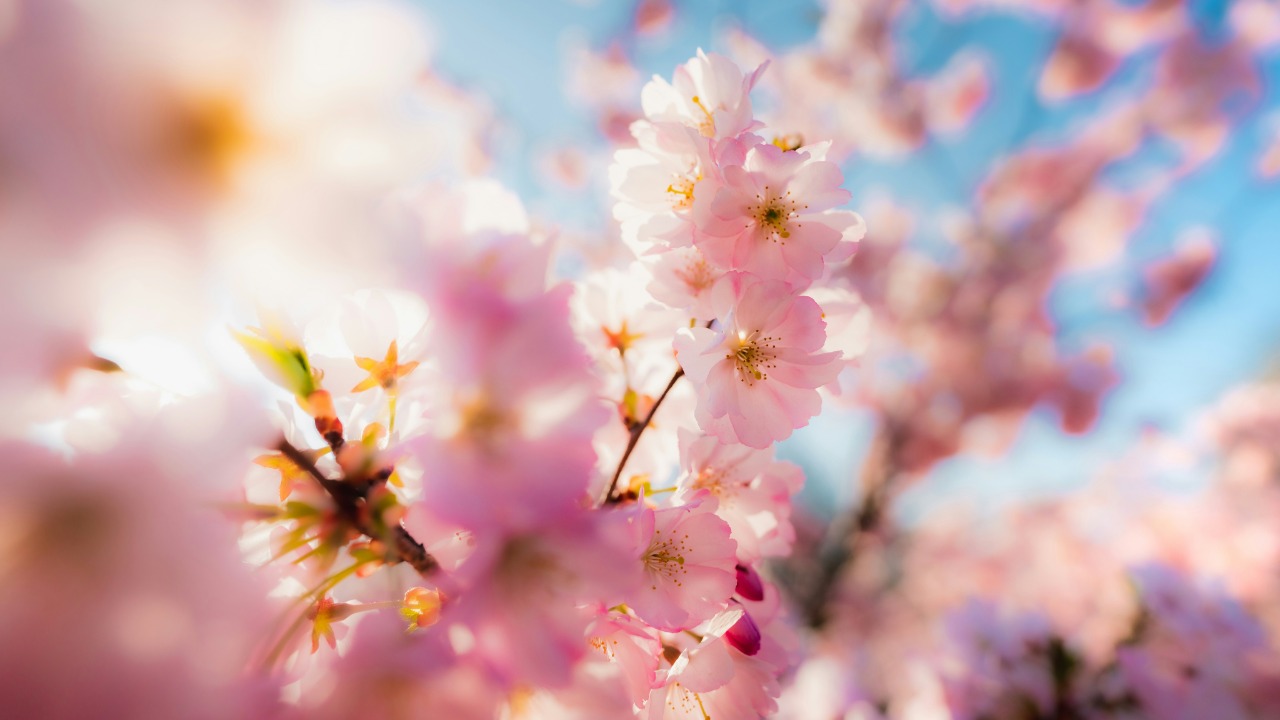
The March Personal Consumption Price Expenditures Price Index
3/29/2024
PCE is the key measure of inflation for the Federal Reserve... view more
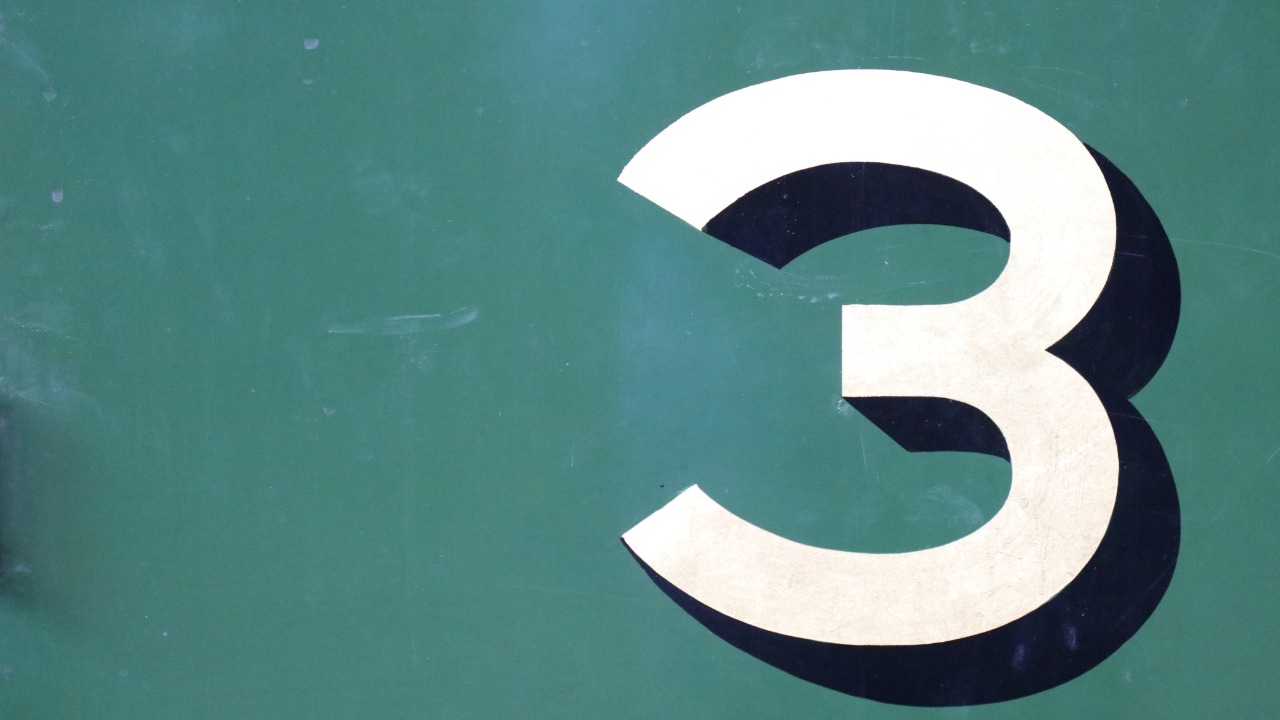
Three things that could impact rates the week starting 03-18-24
3/19/2024
This week we look to FOMC, other central banks and Treasury auctions as the prim... view more

Three things that could impact rates the week starting 03-11-24
3/11/2024
This week we look to Inflation, Retail Sales and Treasury Auctions to be the pri... view more

Three things that could impact rates the week starting 03-11-24
3/11/2024
This week we look to Inflation, Retail Sales and Treasury Auctions to be the pri... view more
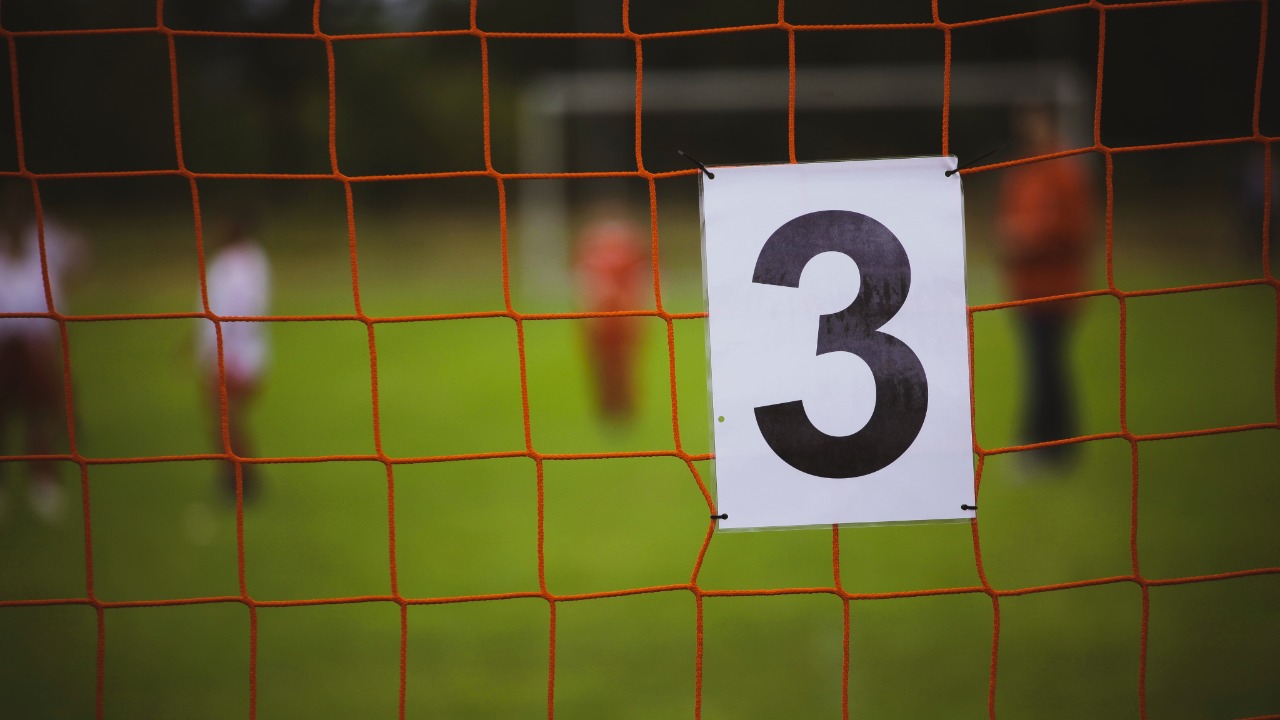
Three things that could impact rates the week starting 02-26-24
2/26/2024
This week we look to US treasury Auctions, PCE and Federal Reserve speakers to b... view more
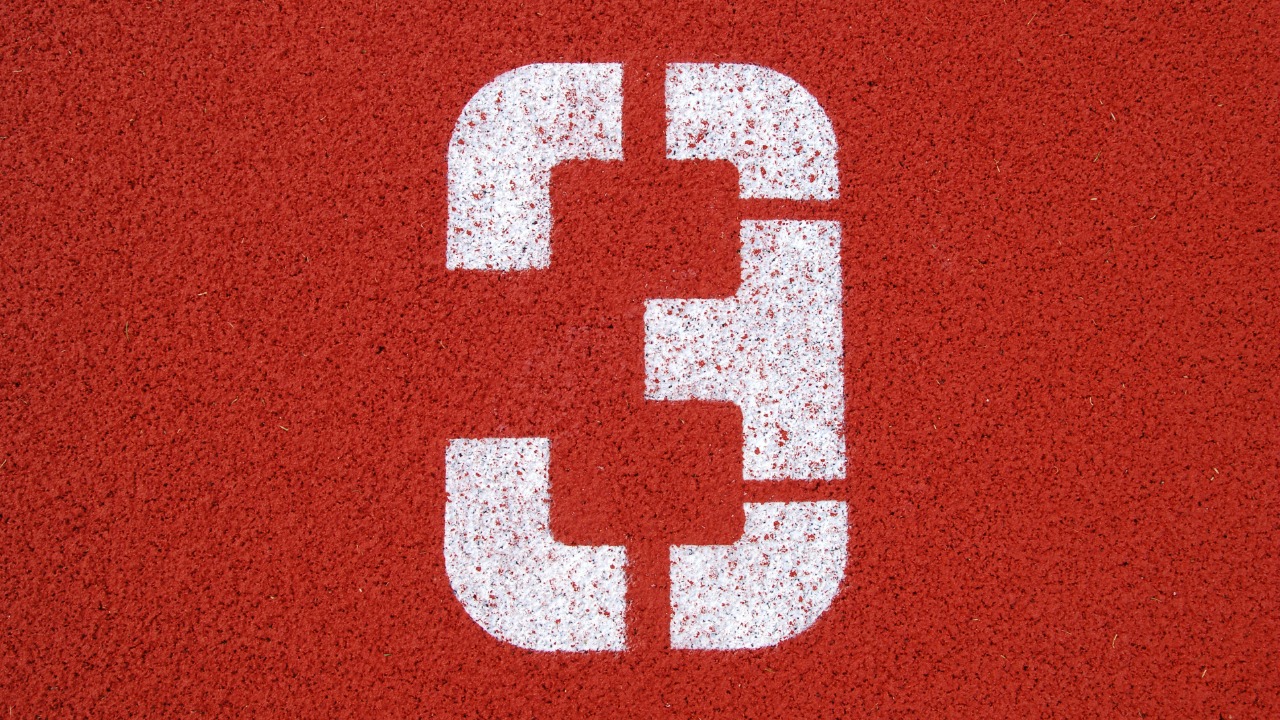
Three things that could impact rates the week starting 02-20-24
2/20/2024
This week we look to the FOMC minutes, Treasury Auction and geopolitics are the ... view more

The February Consumer and Producer Price Indexes
2/16/2024
The inflation data for January was much higher than expected... view more
Load more
 Gold Compass Real Estate, Inc.
Gold Compass Real Estate, Inc.
